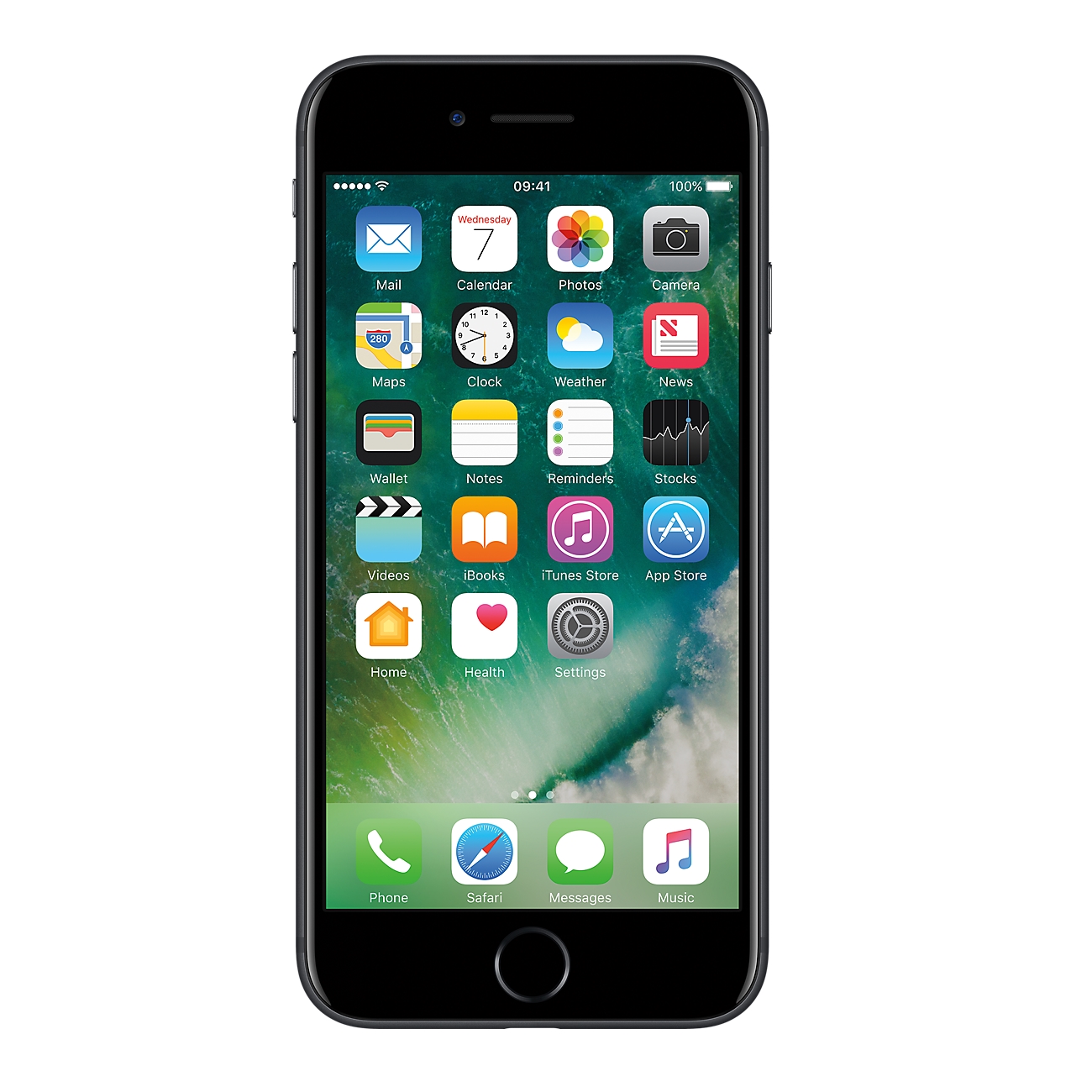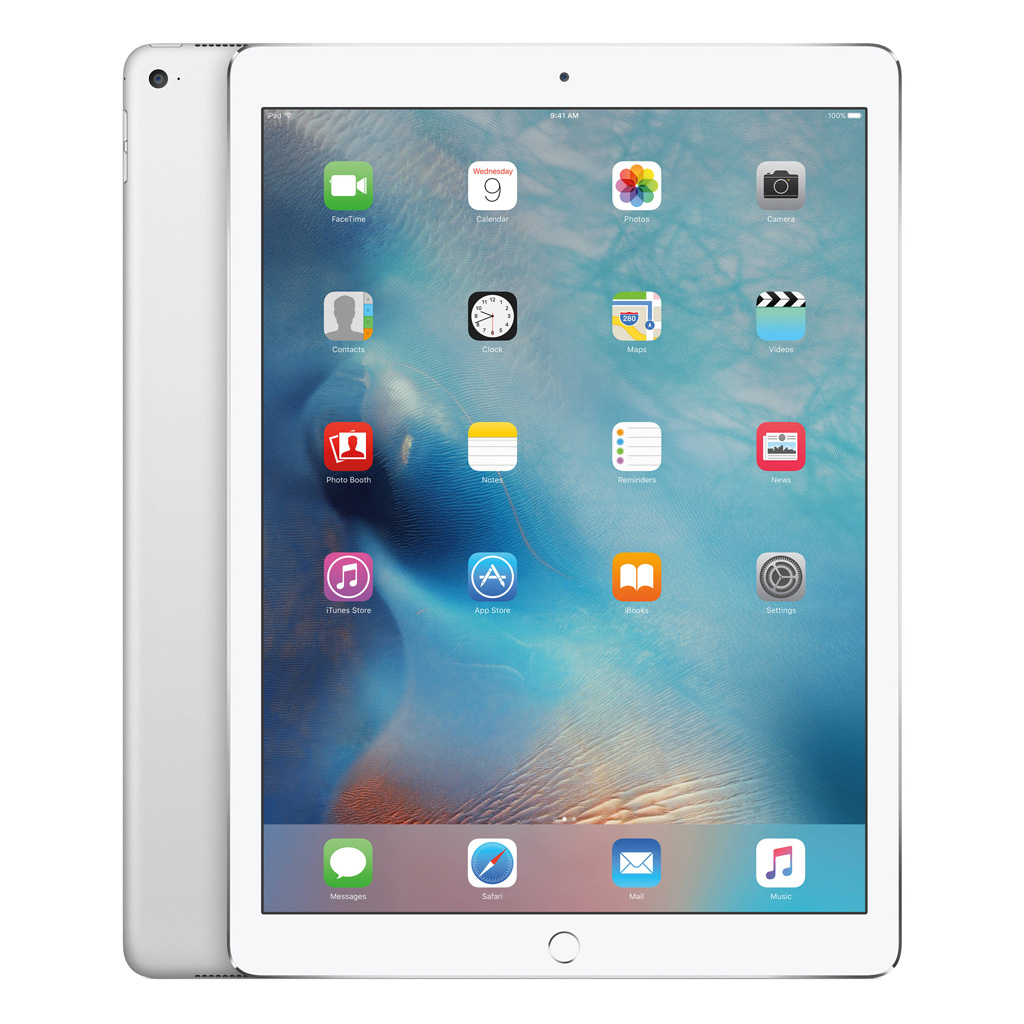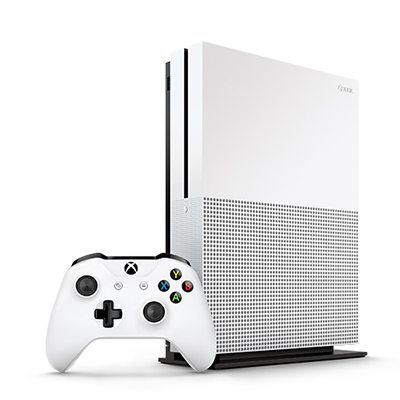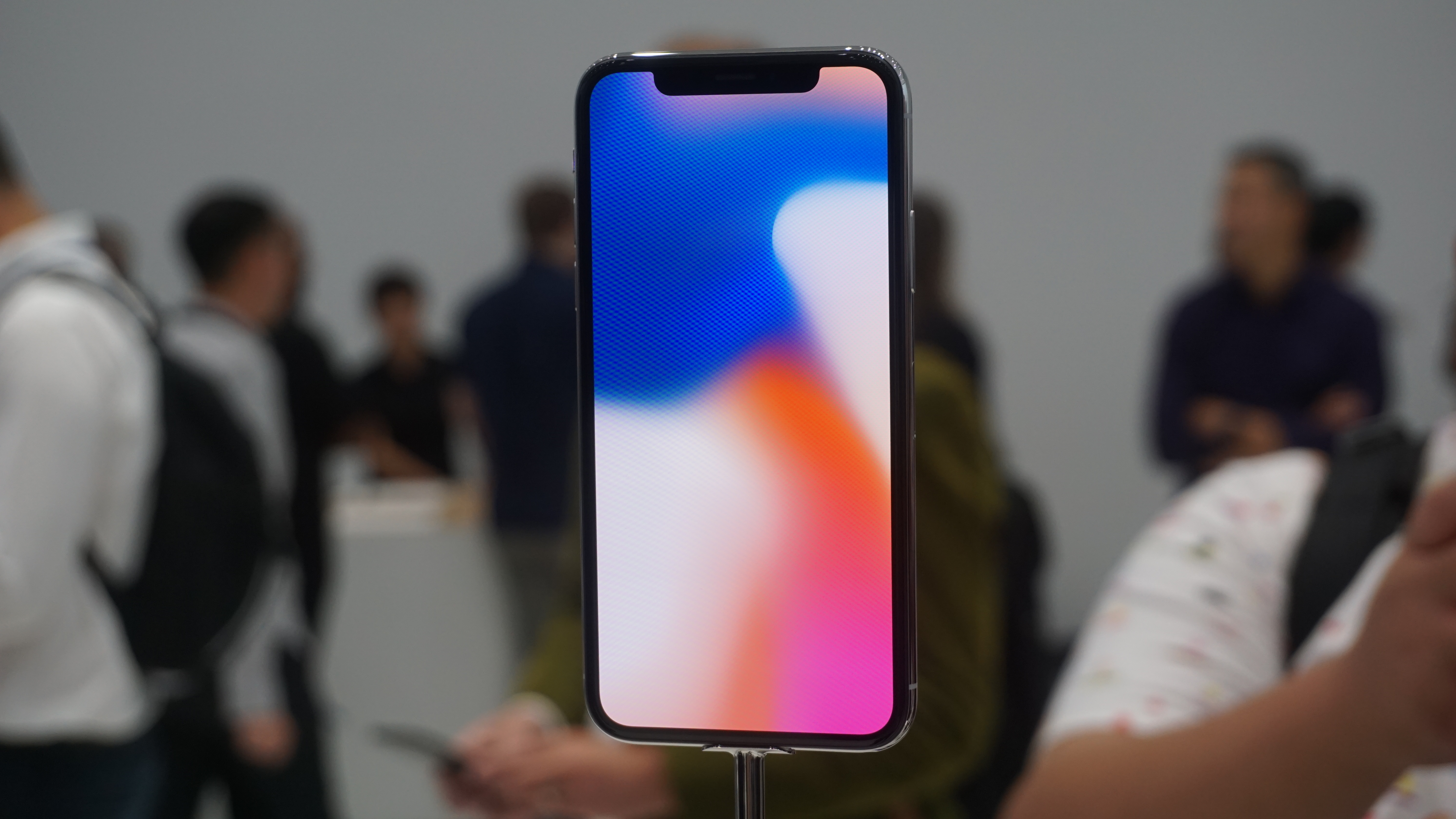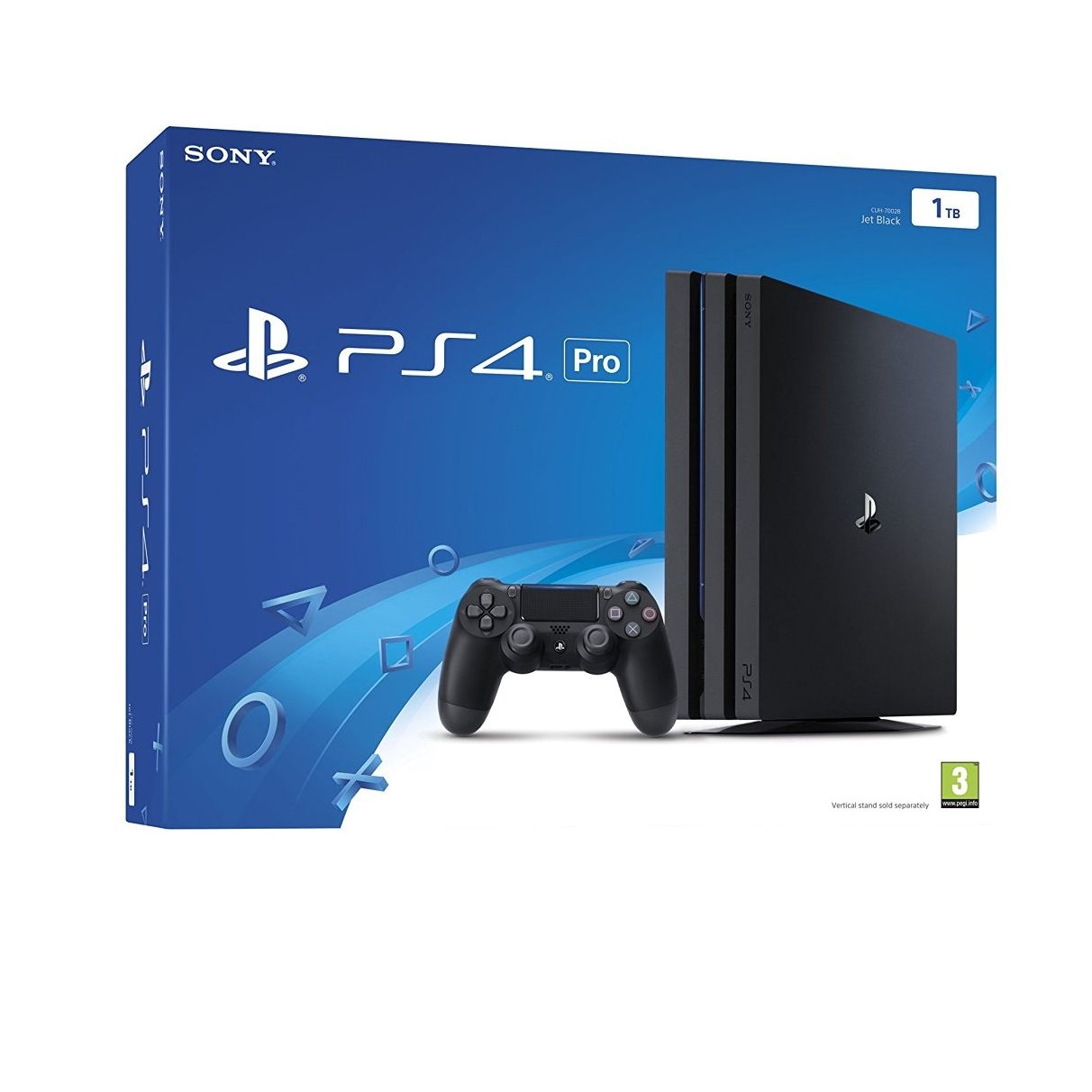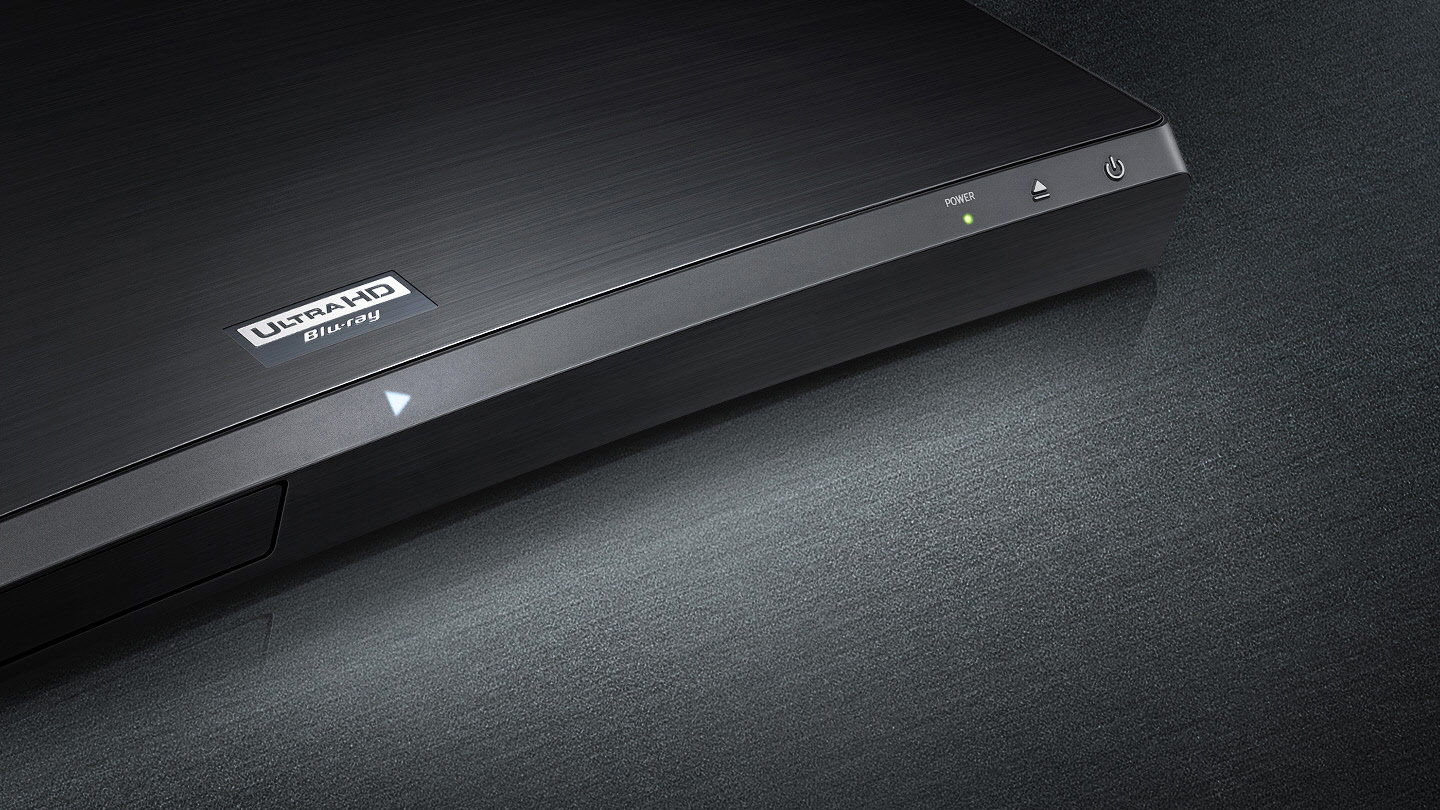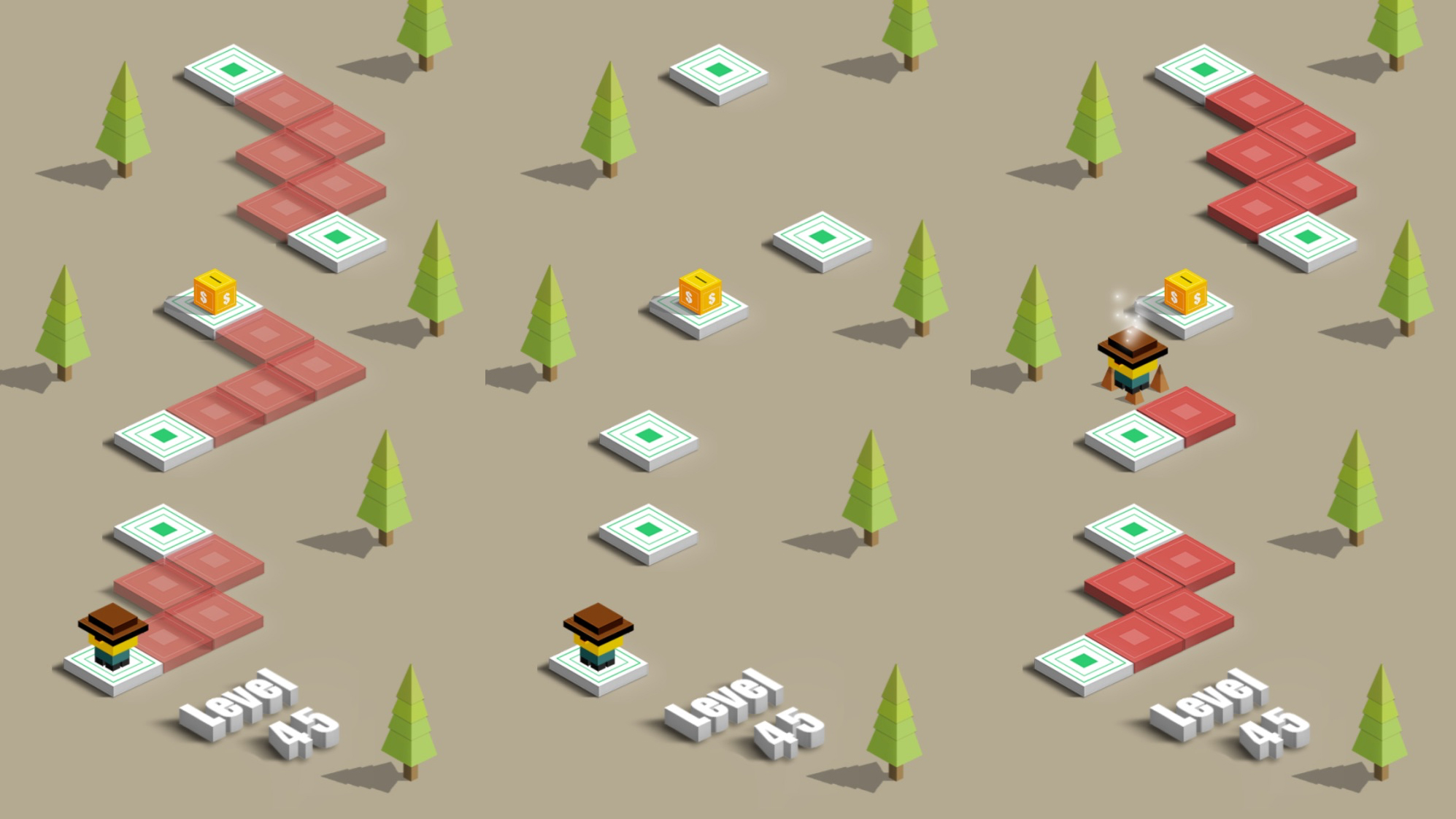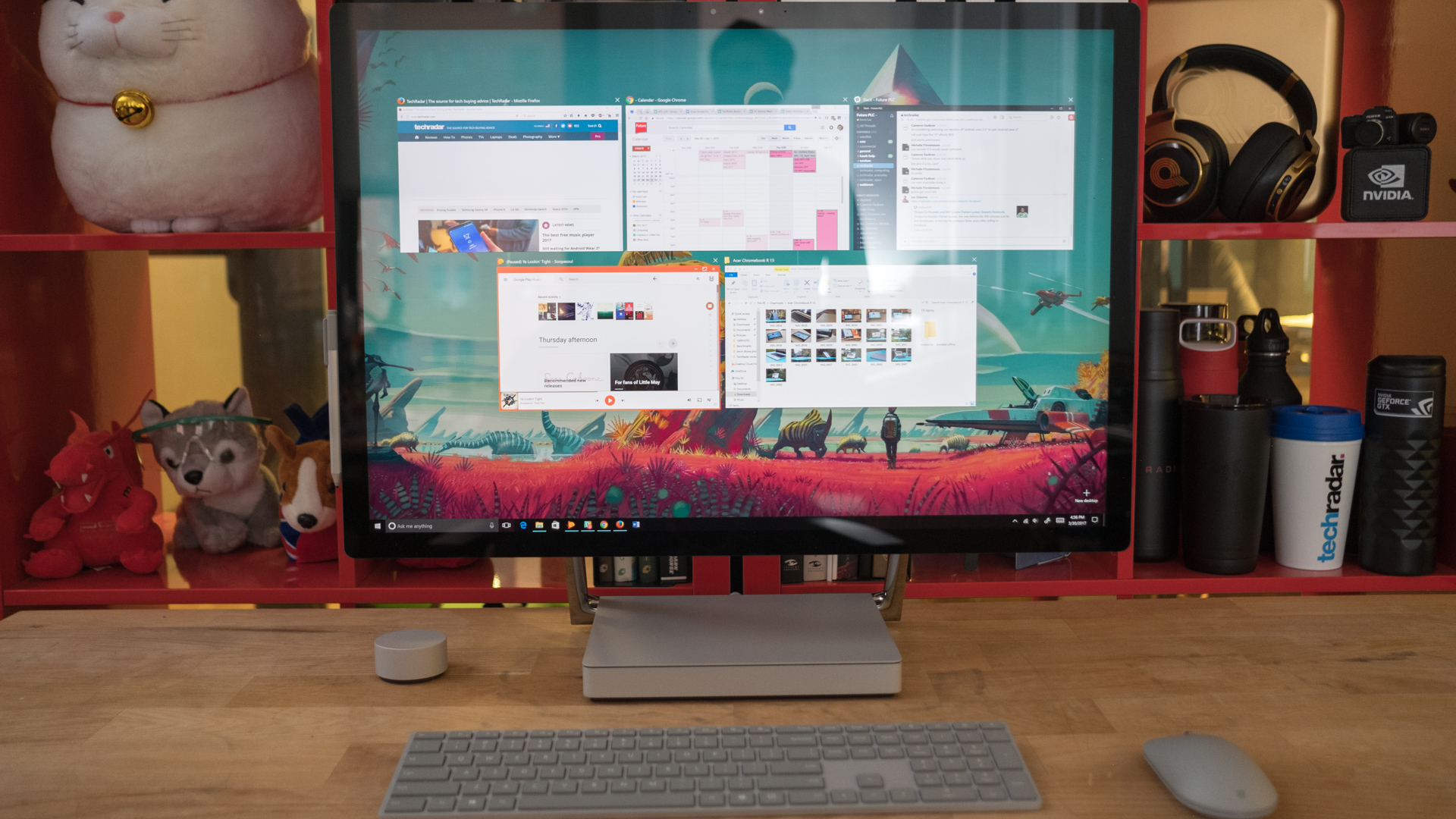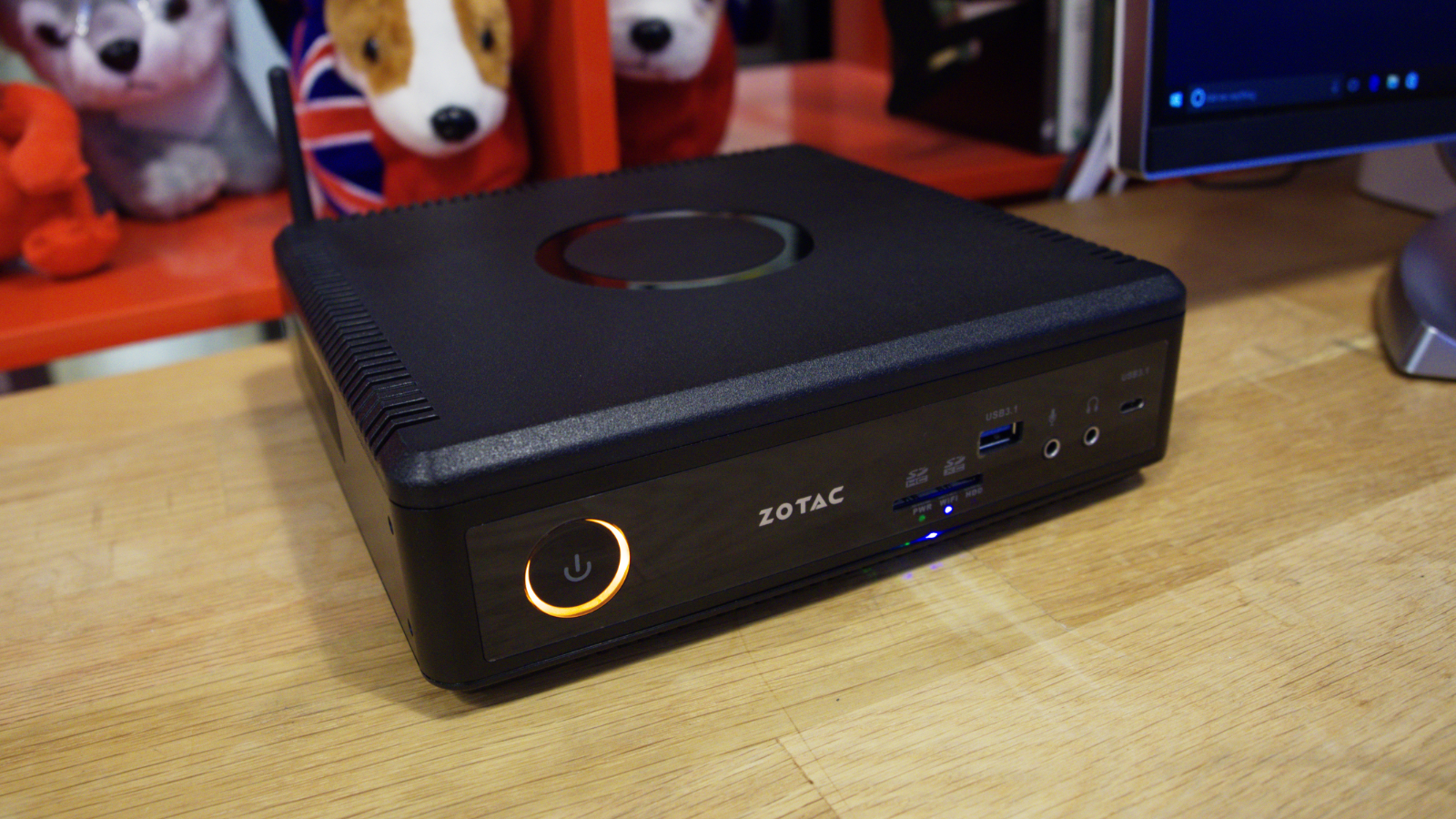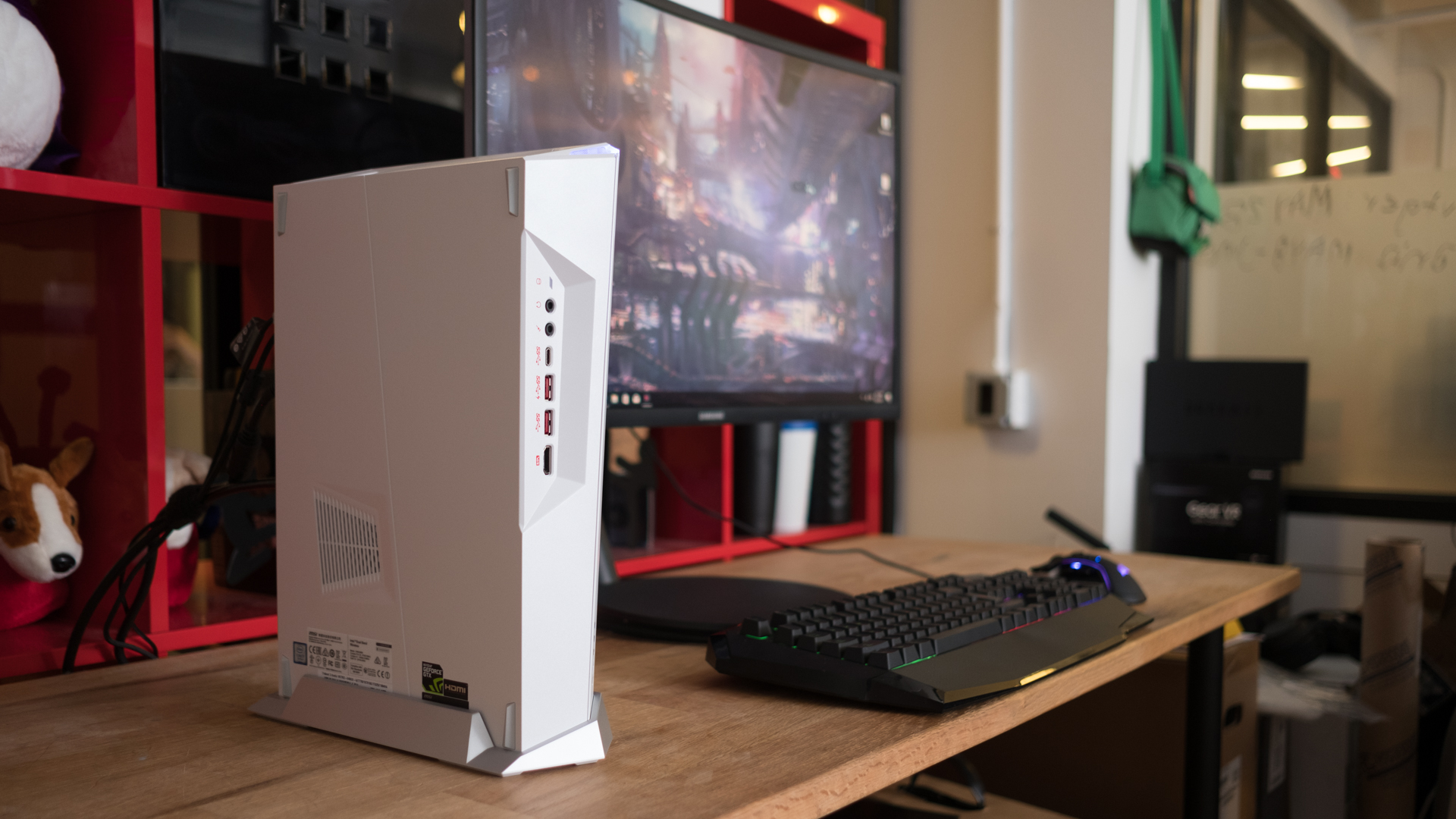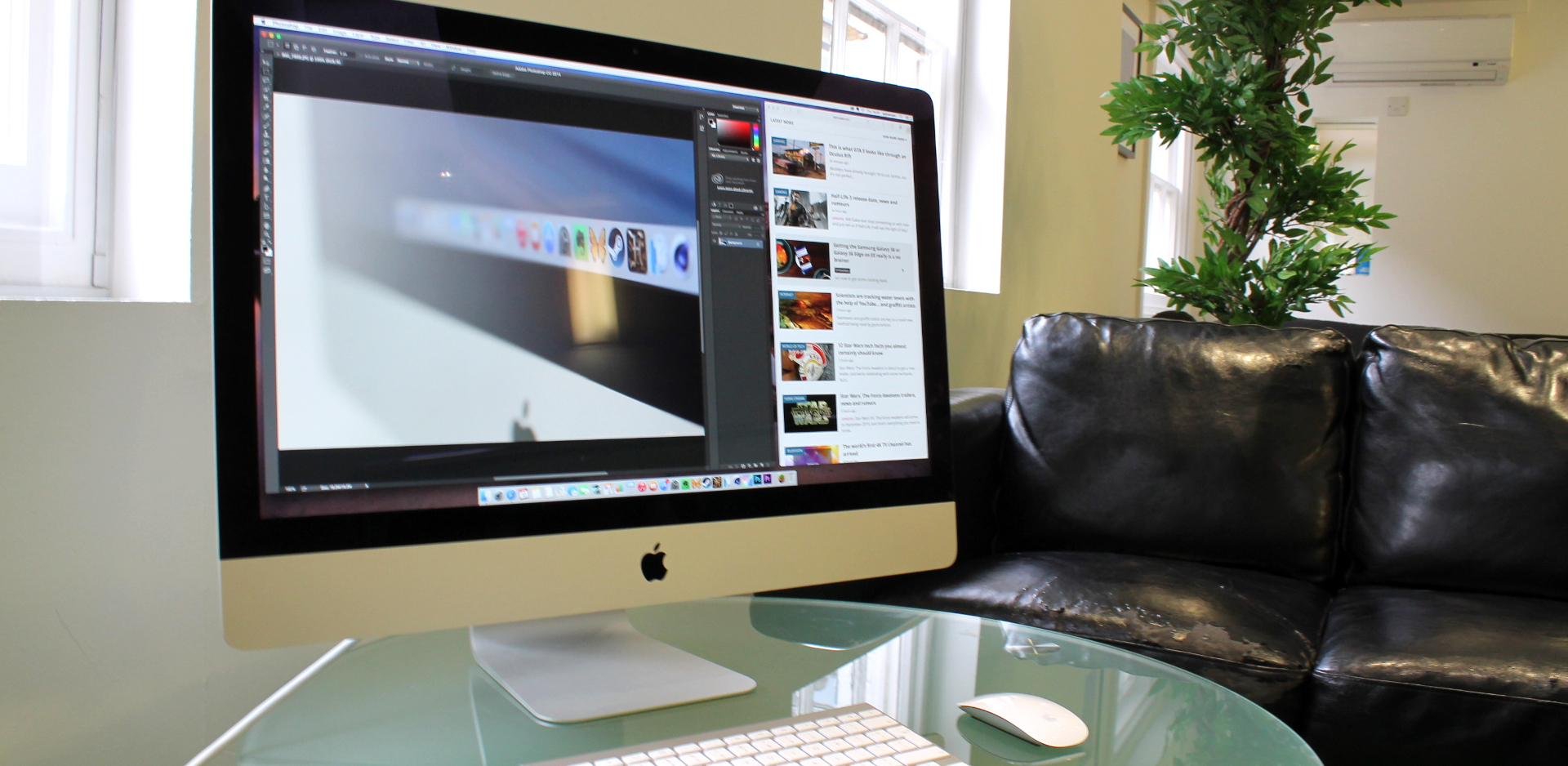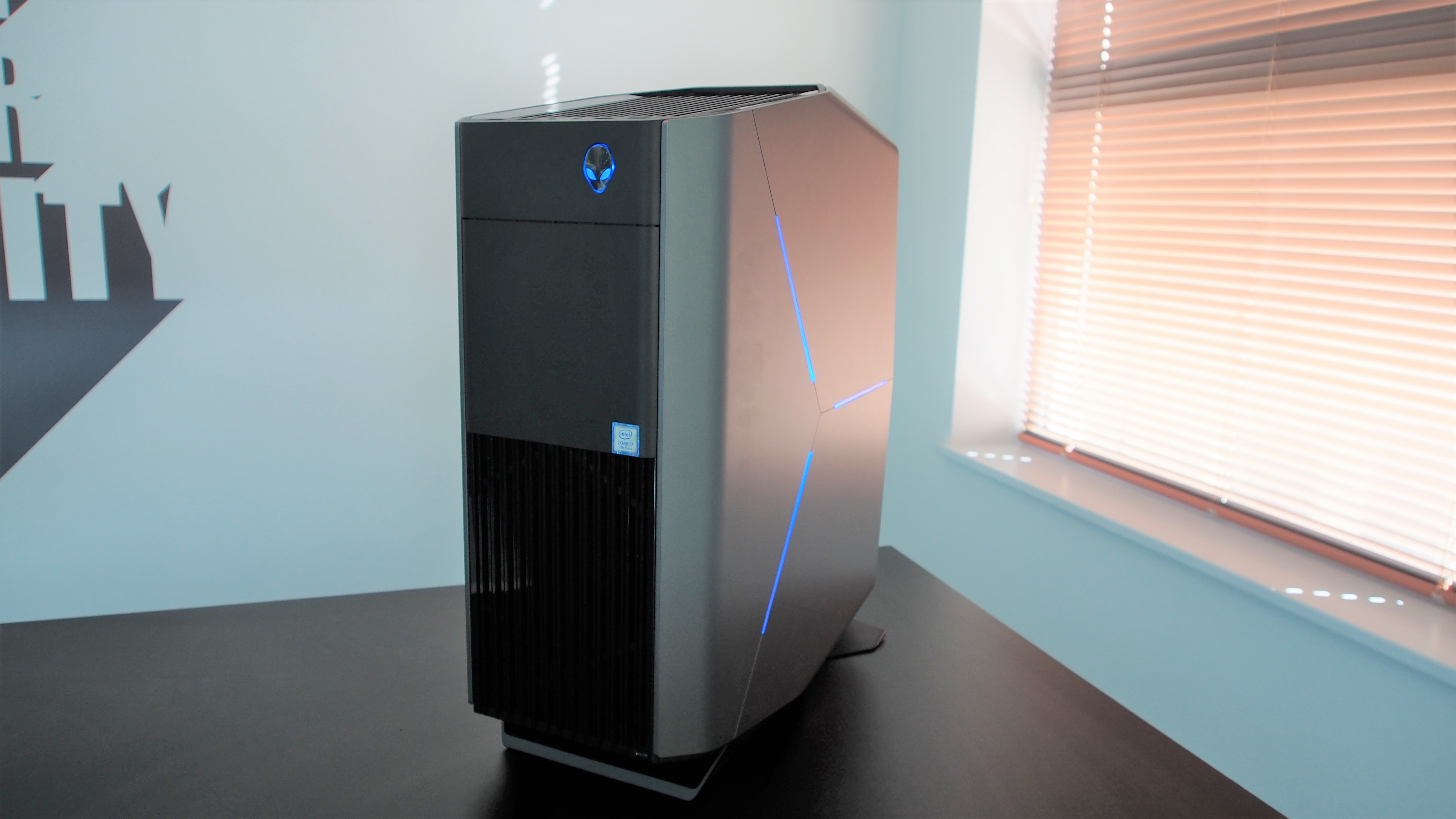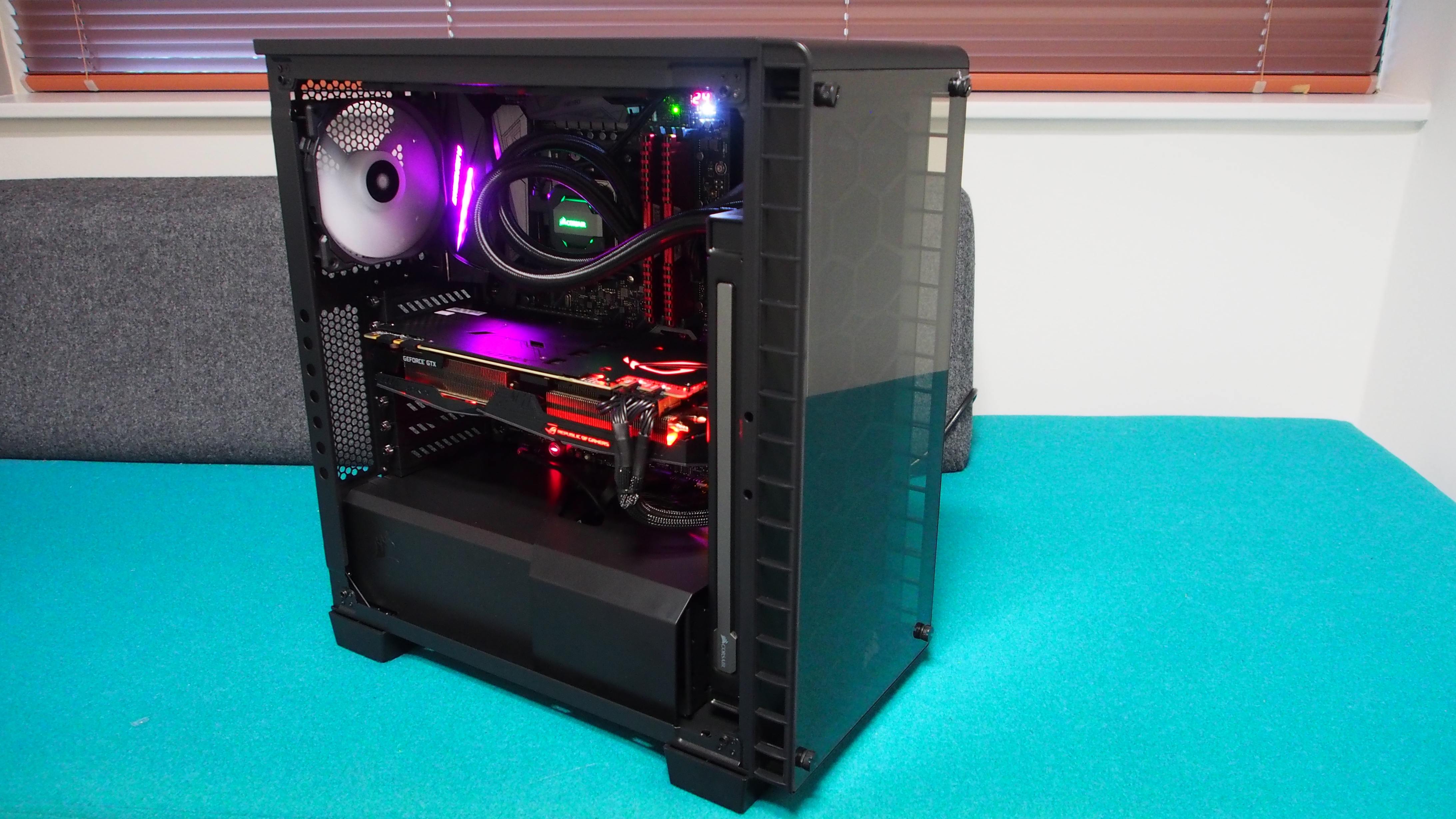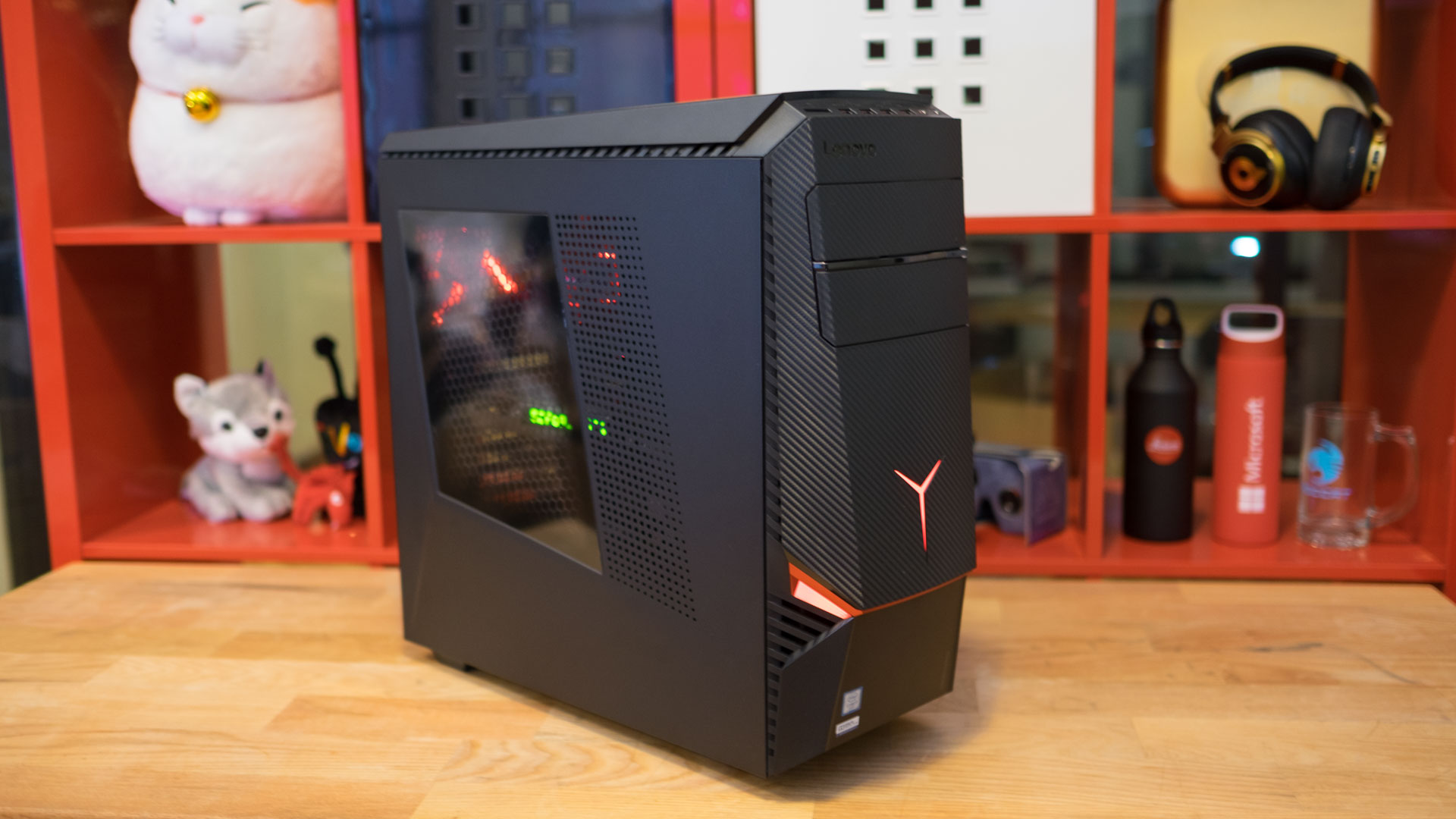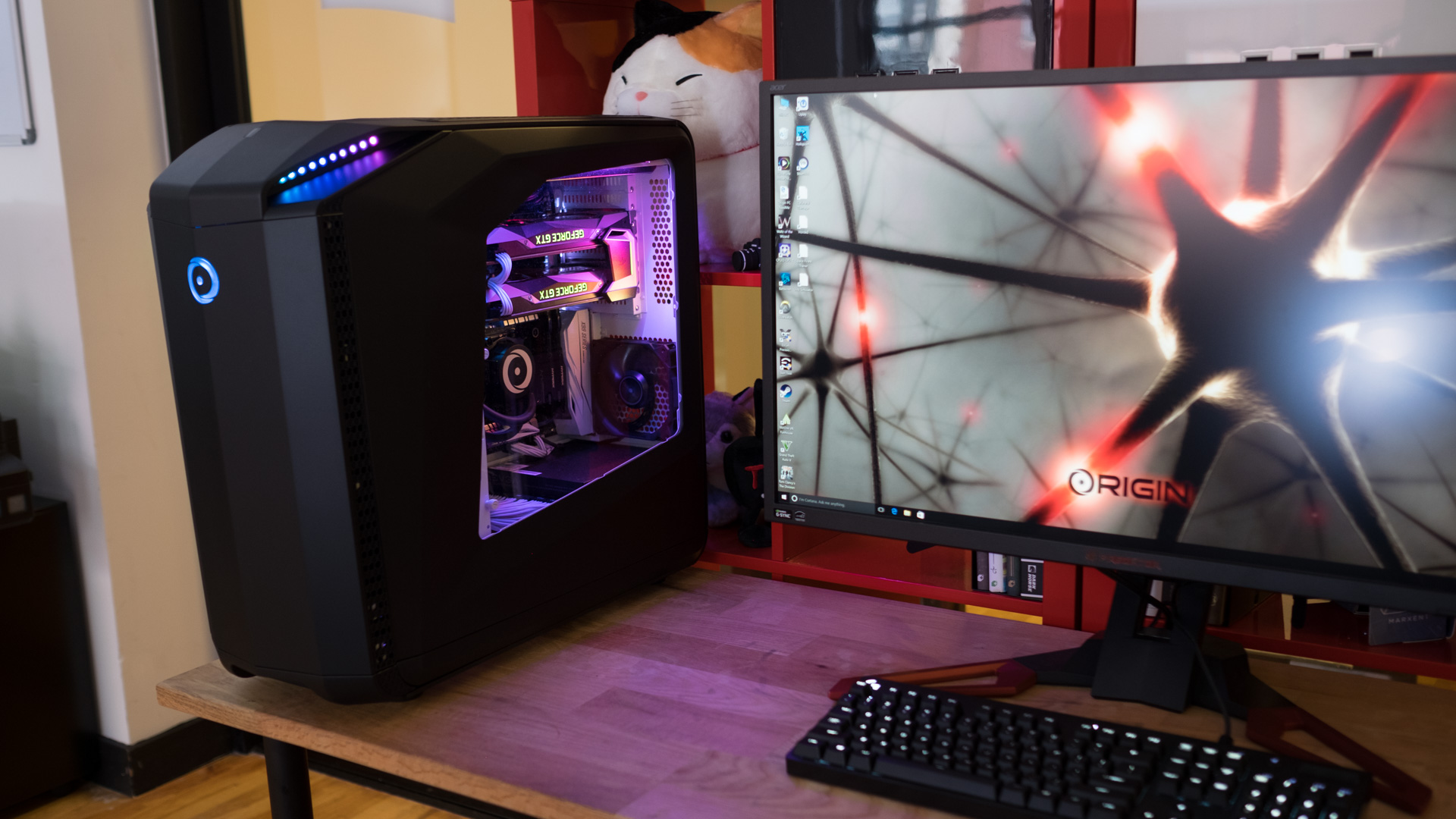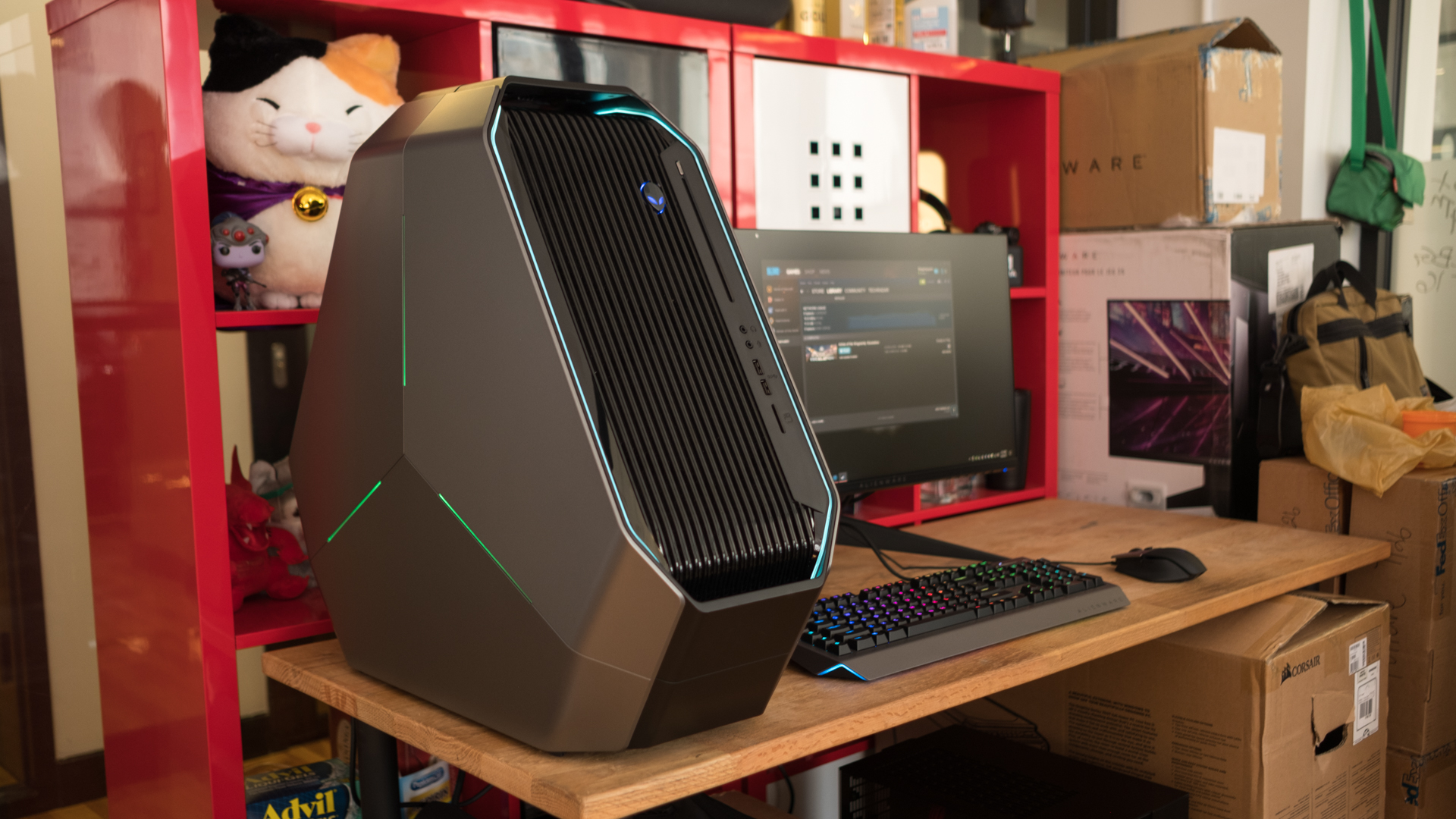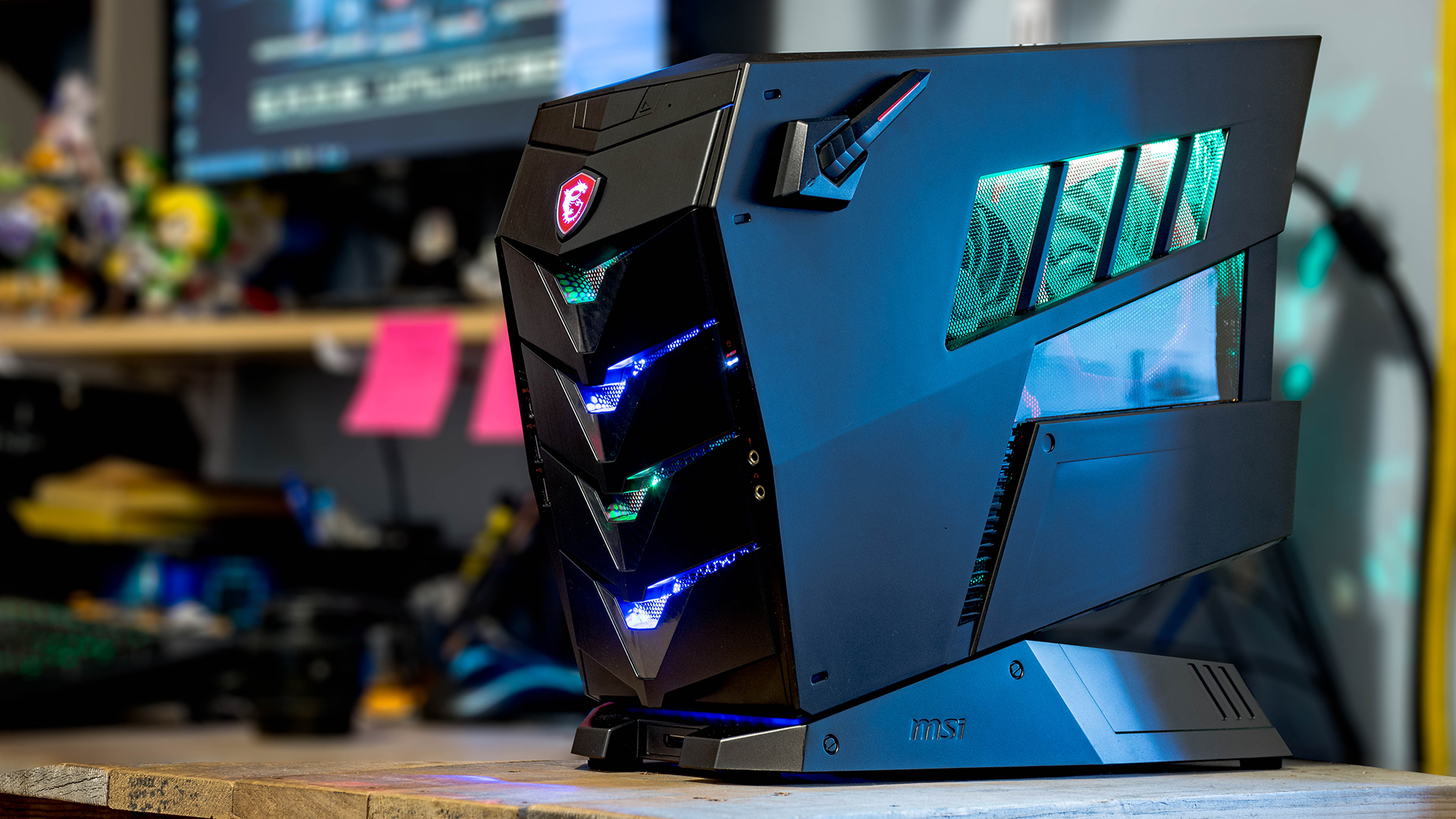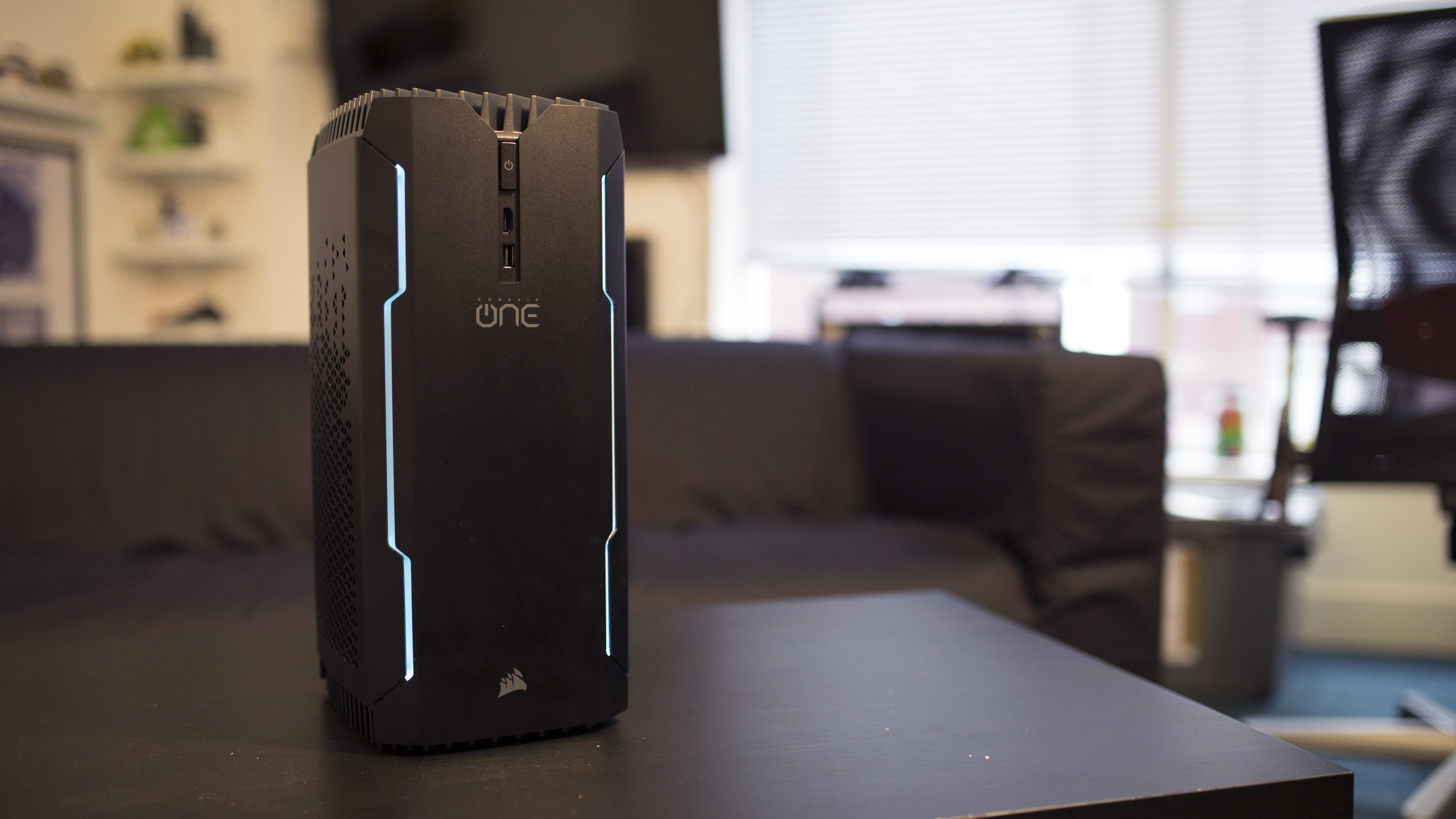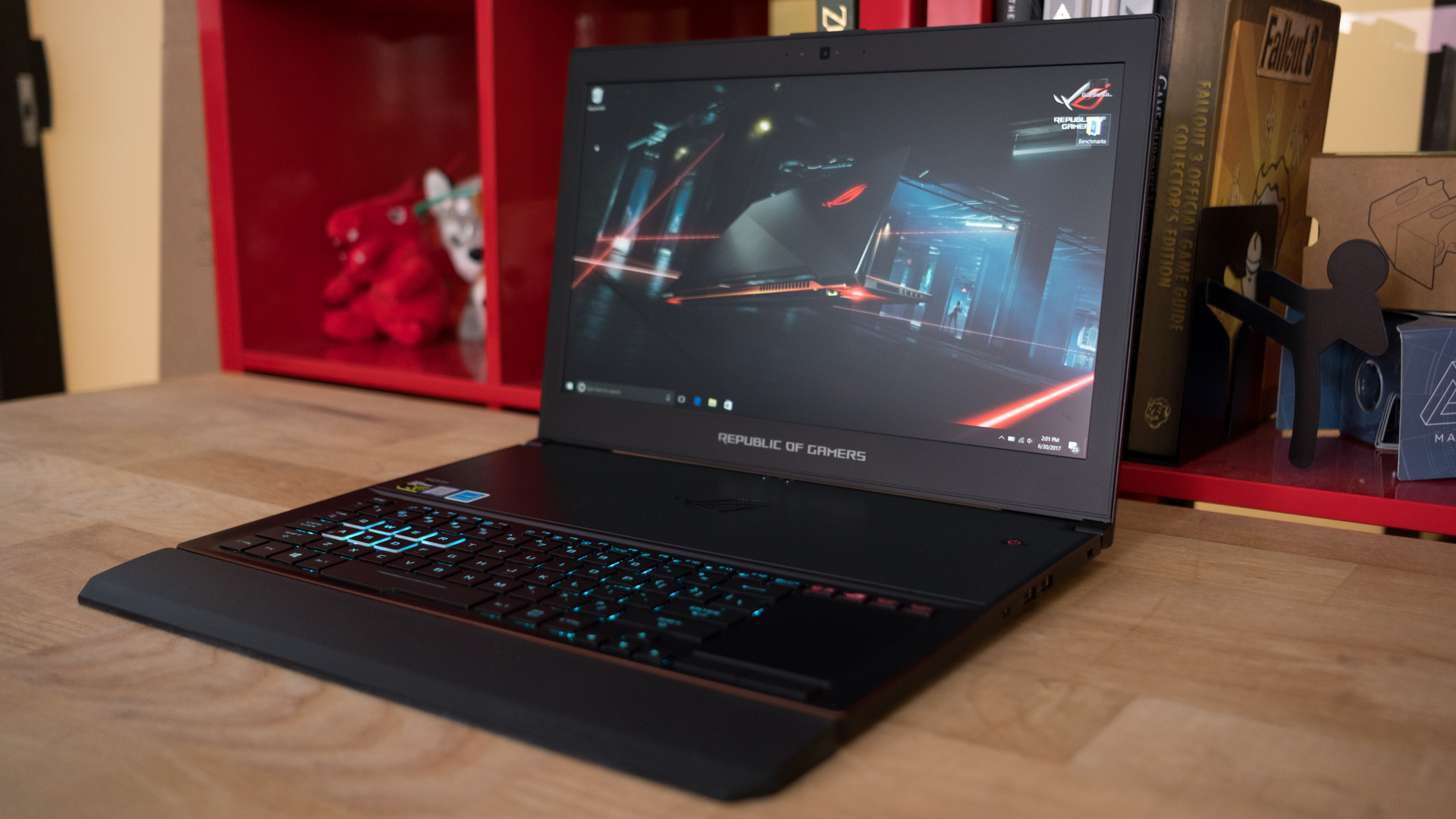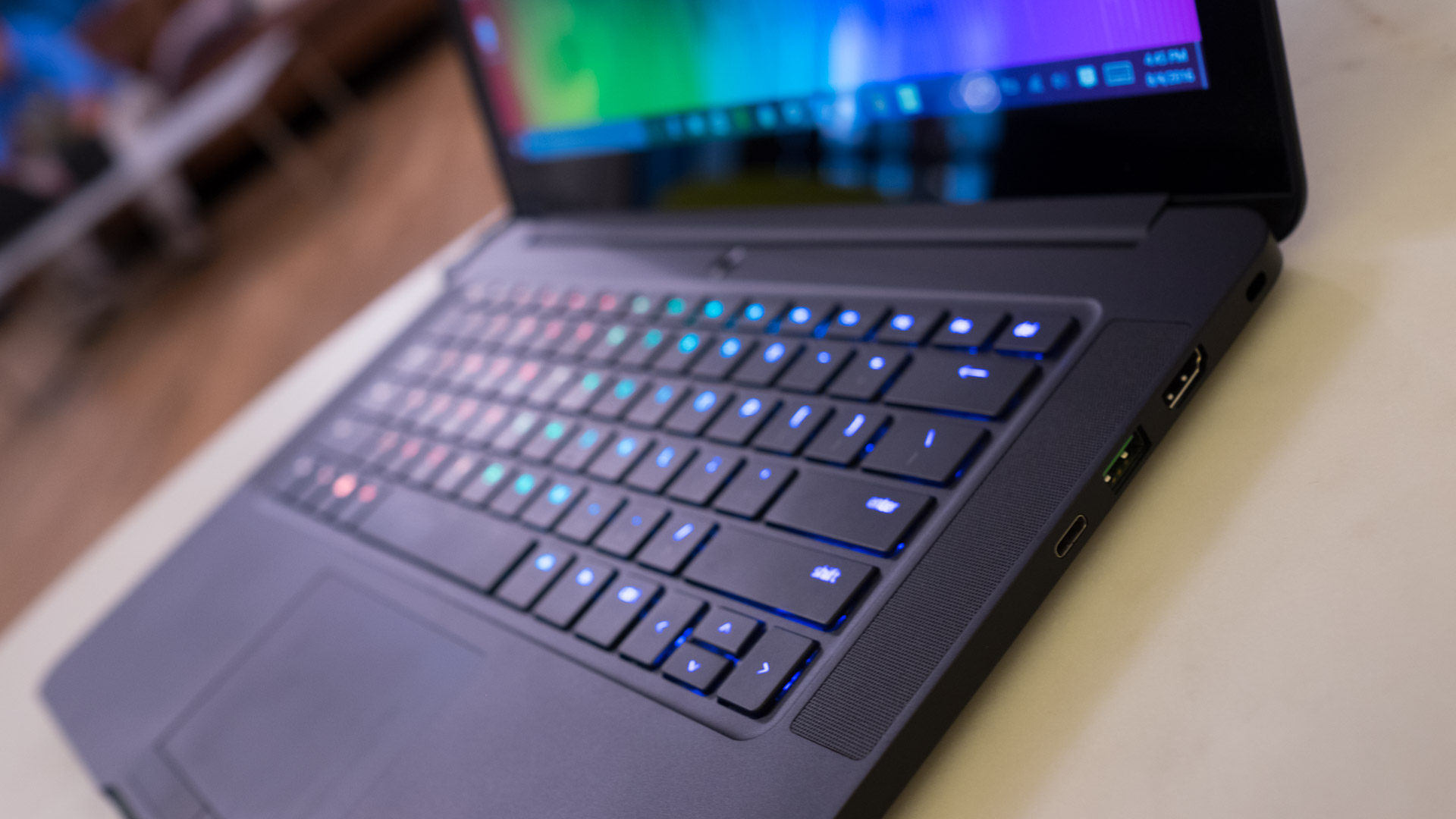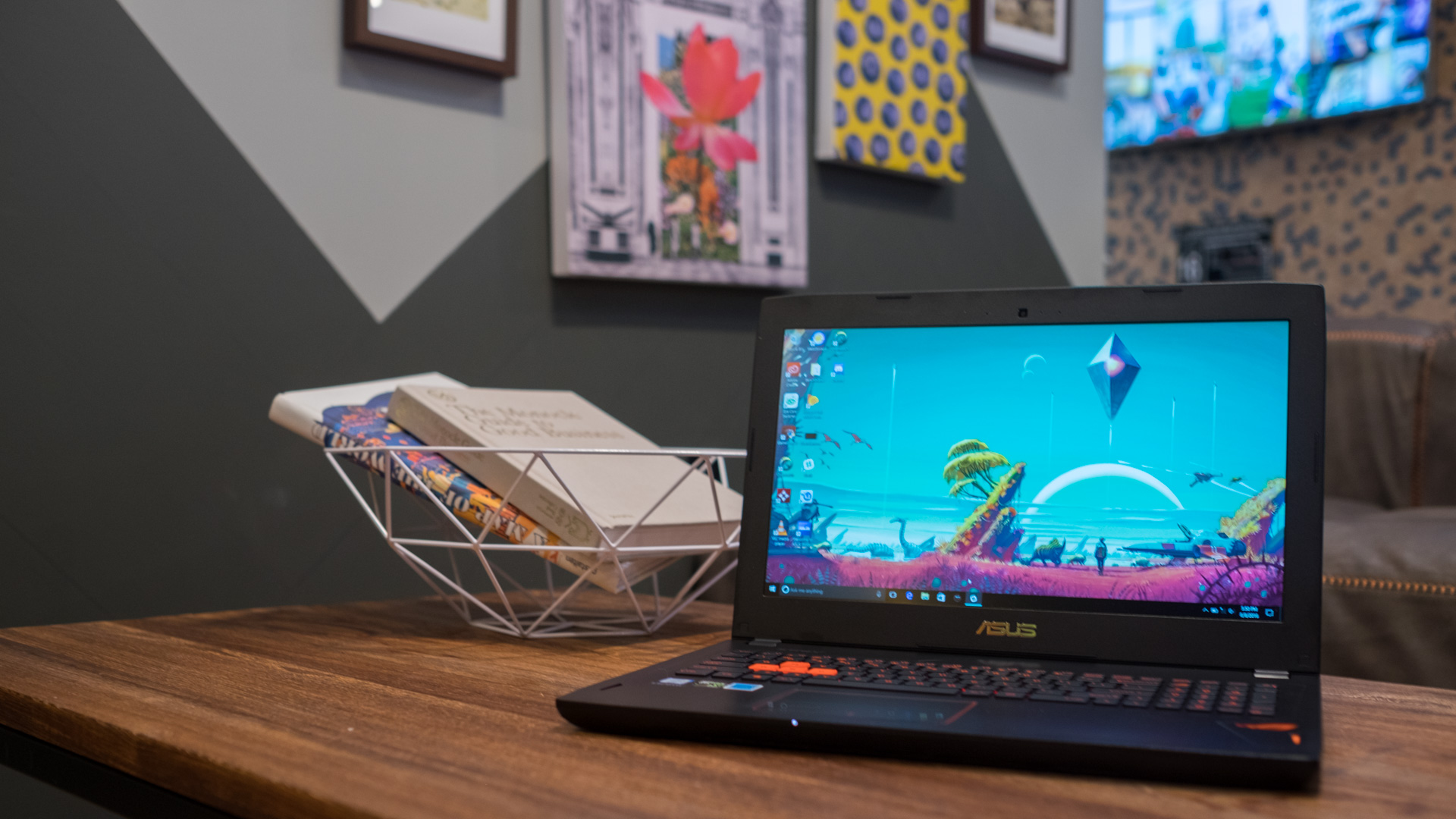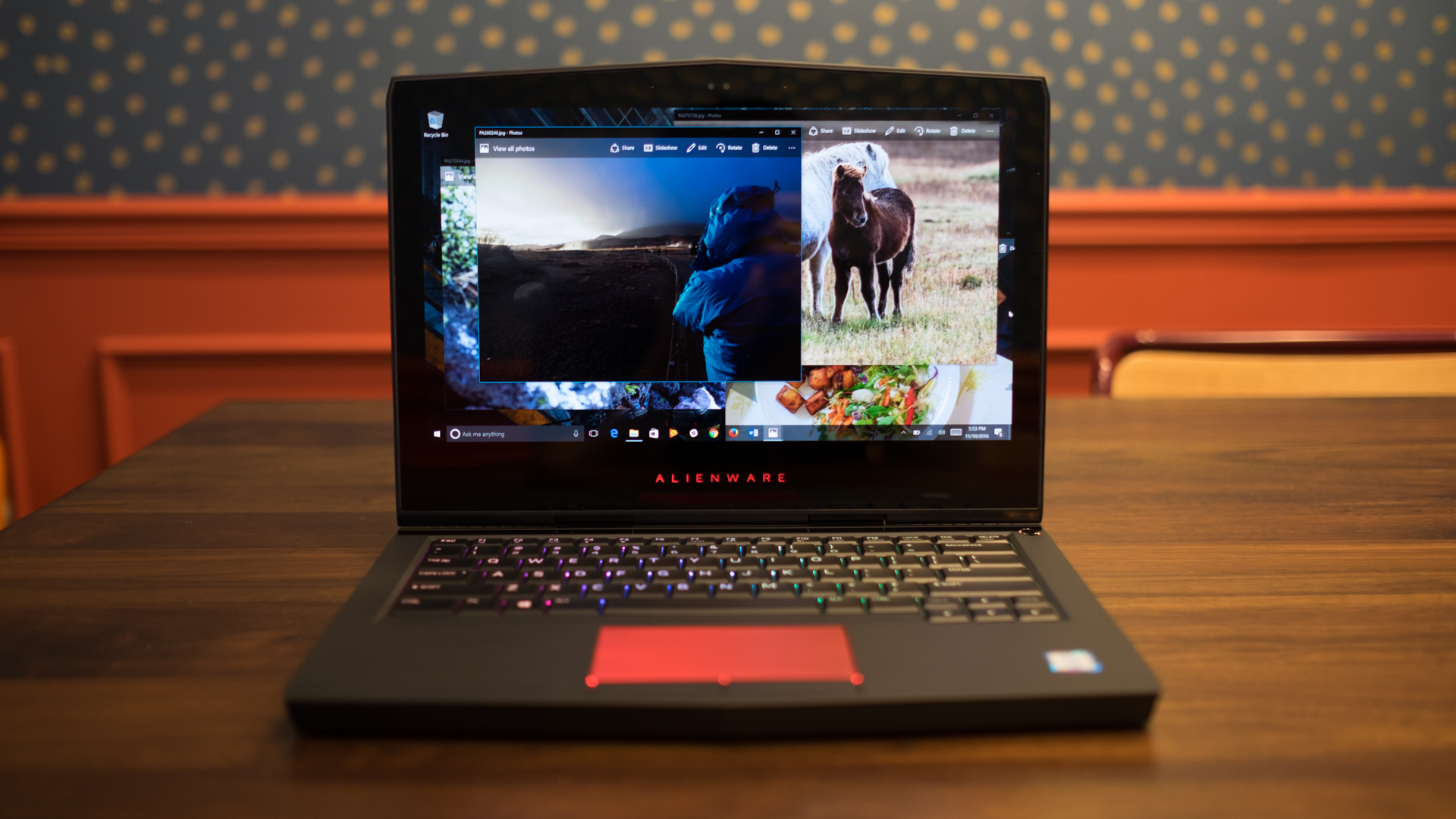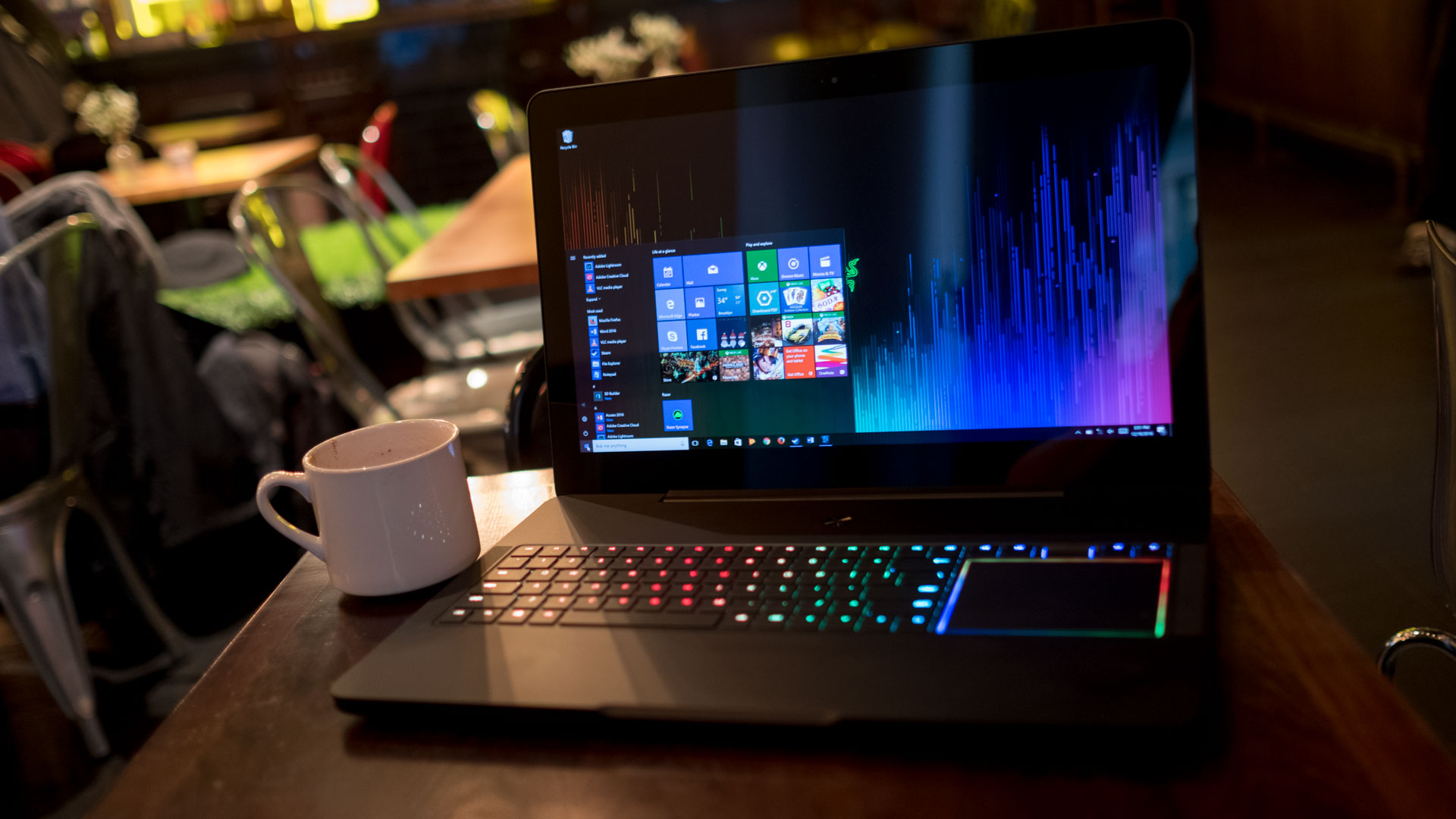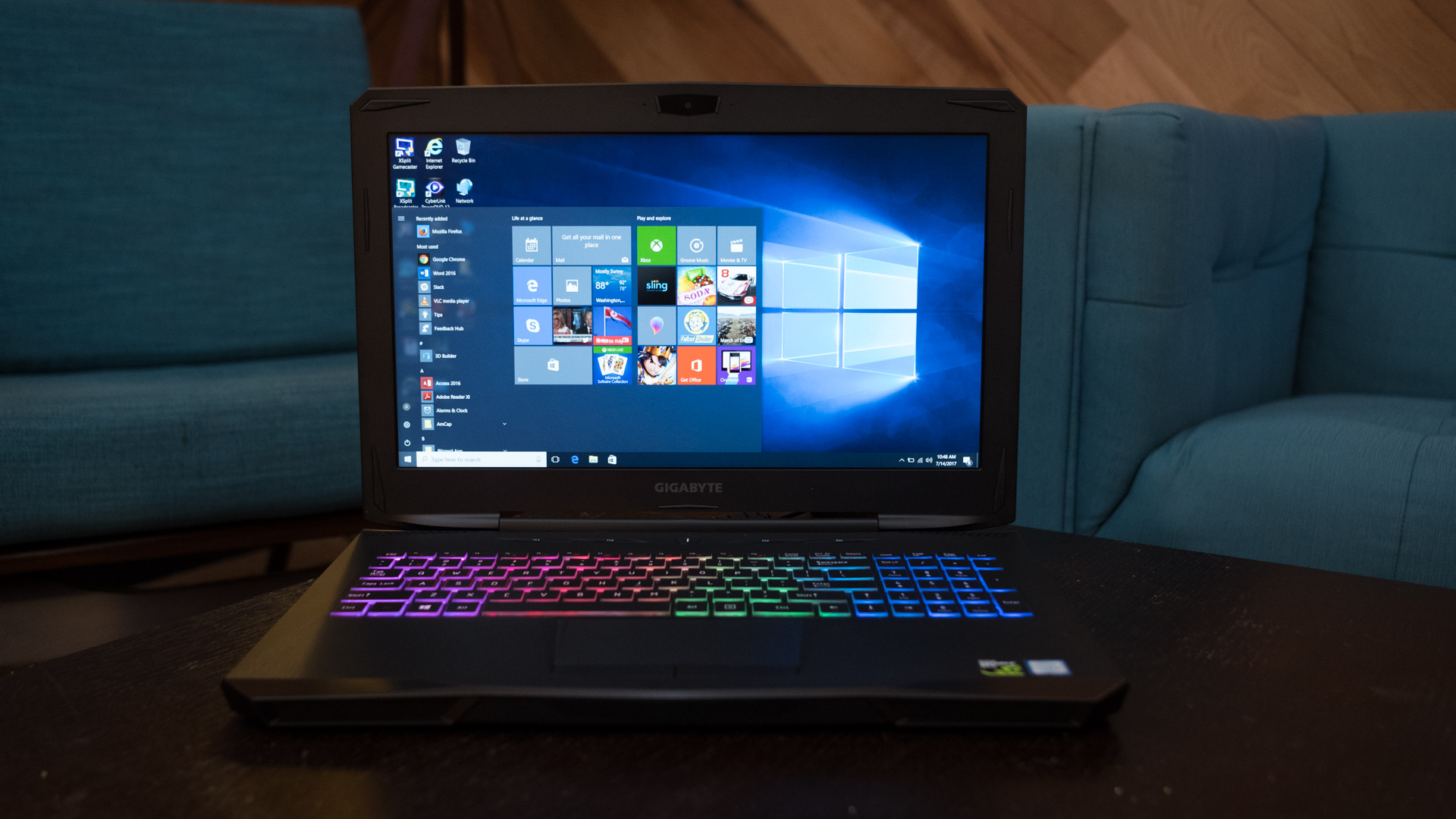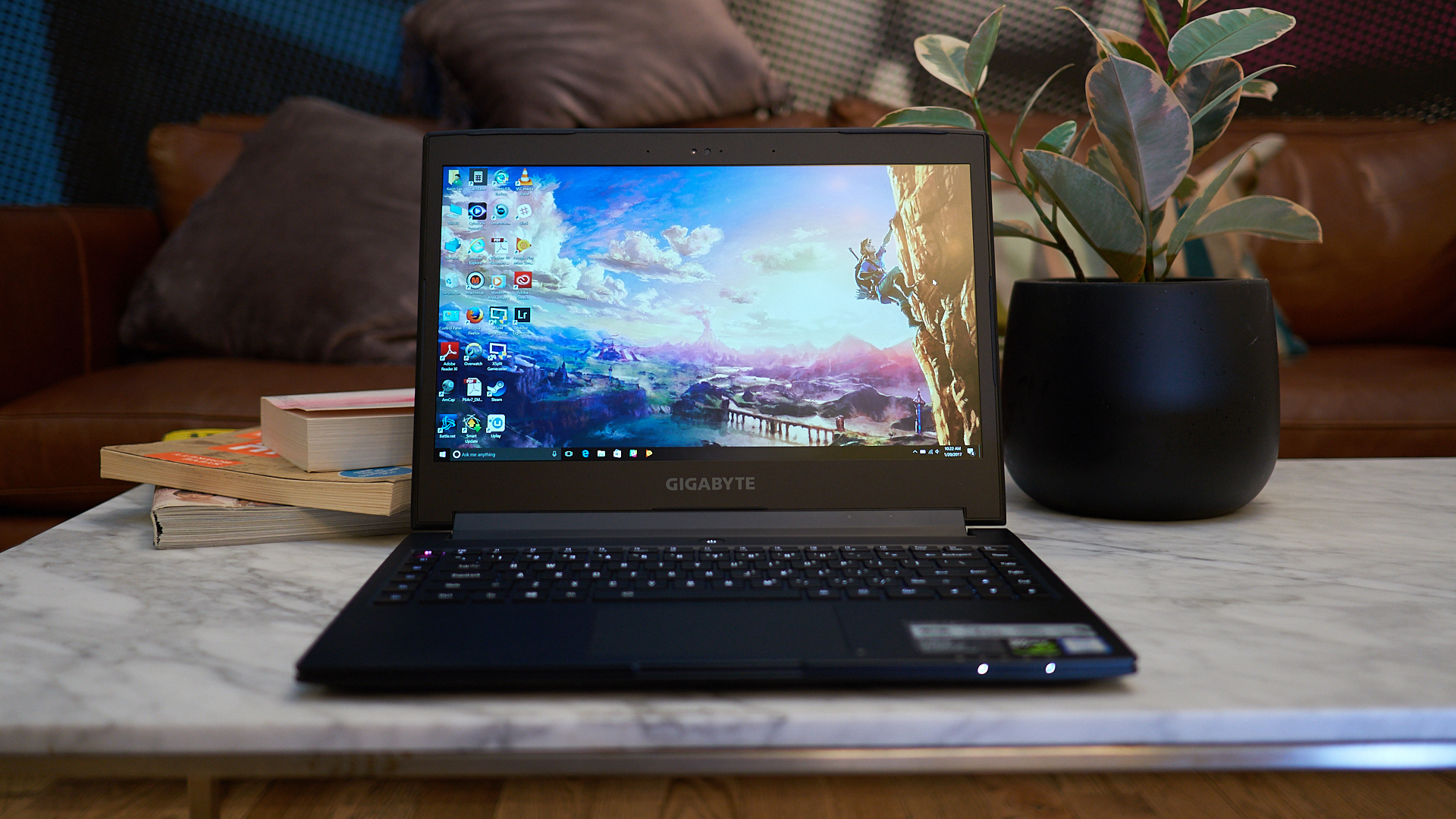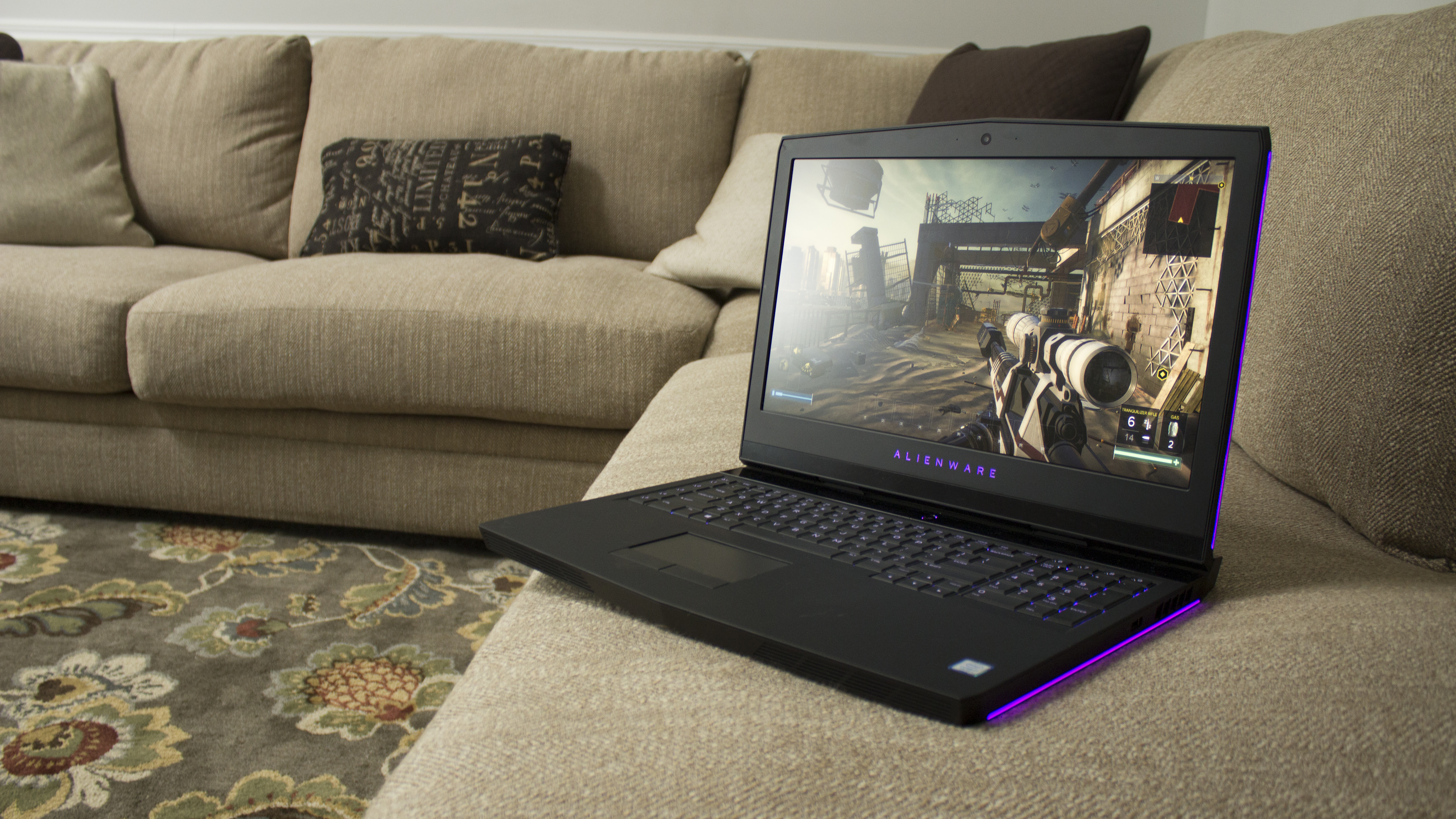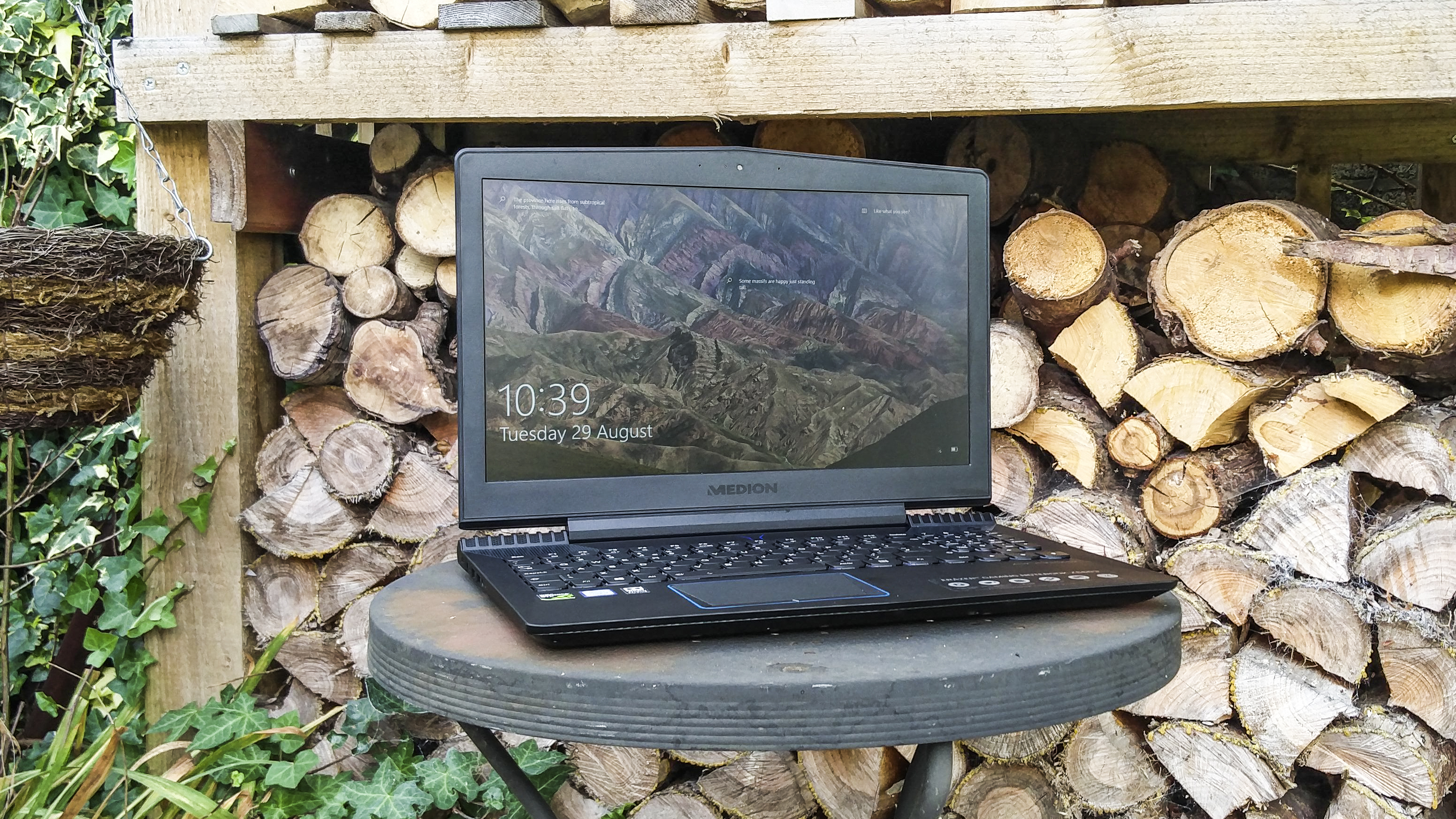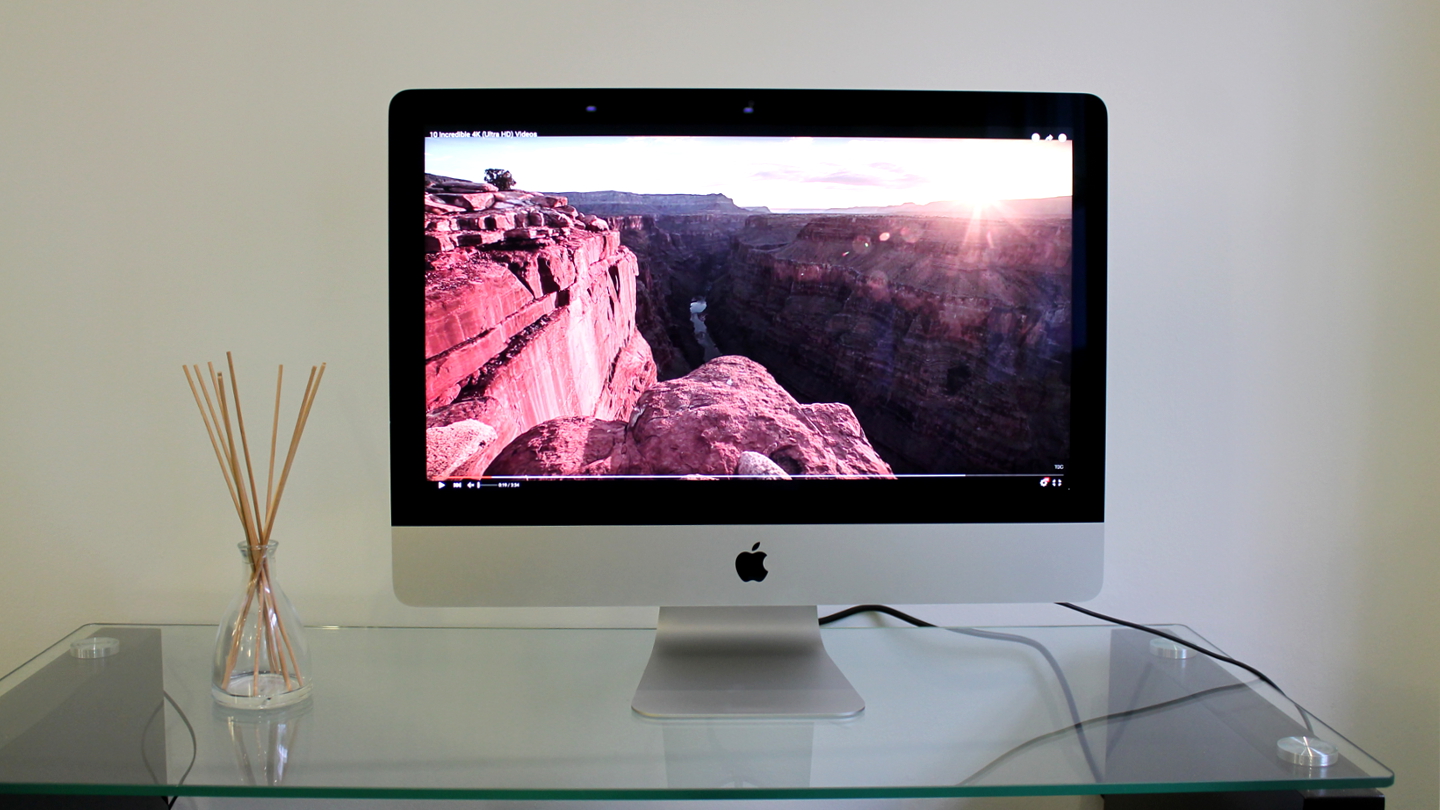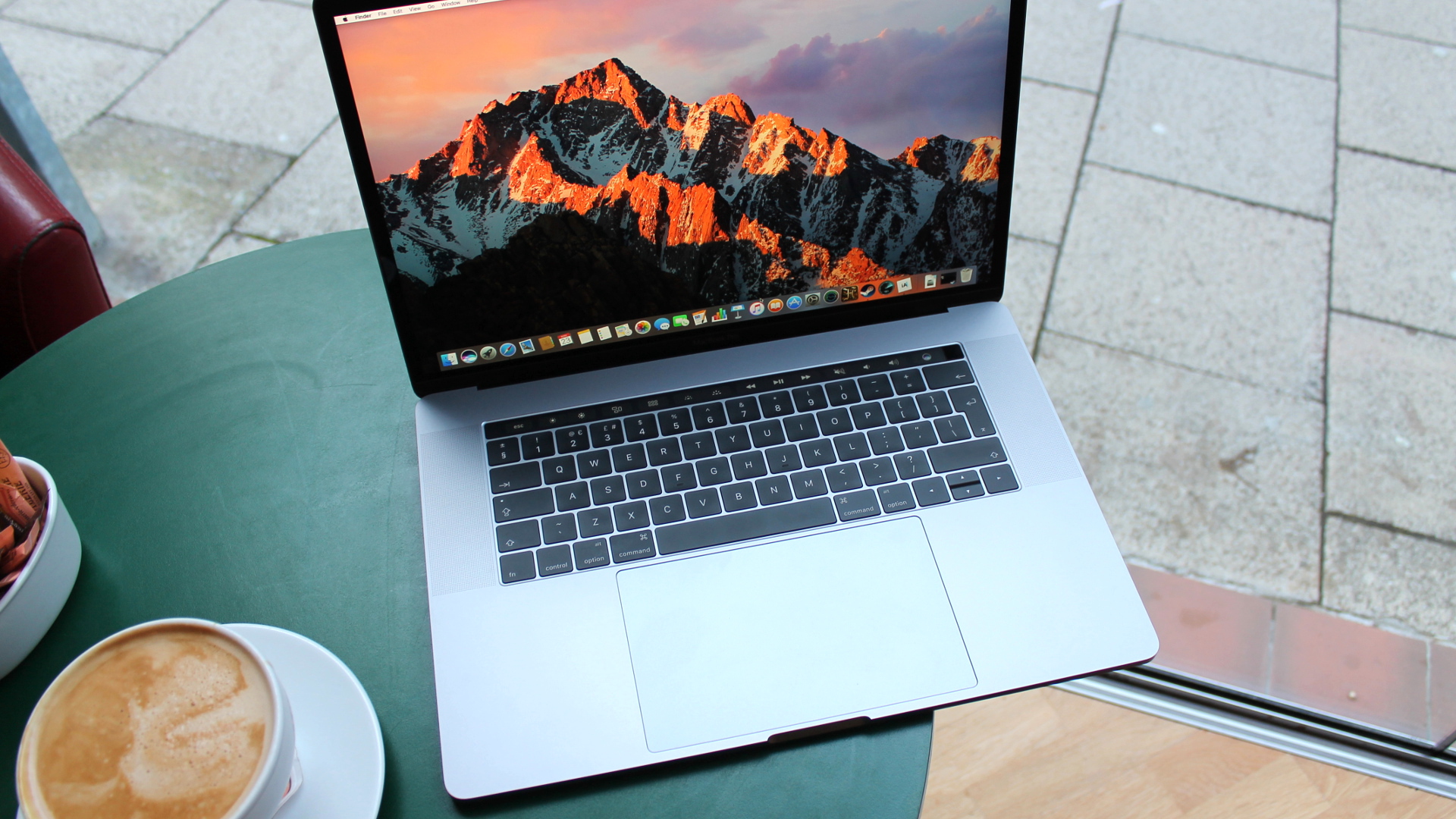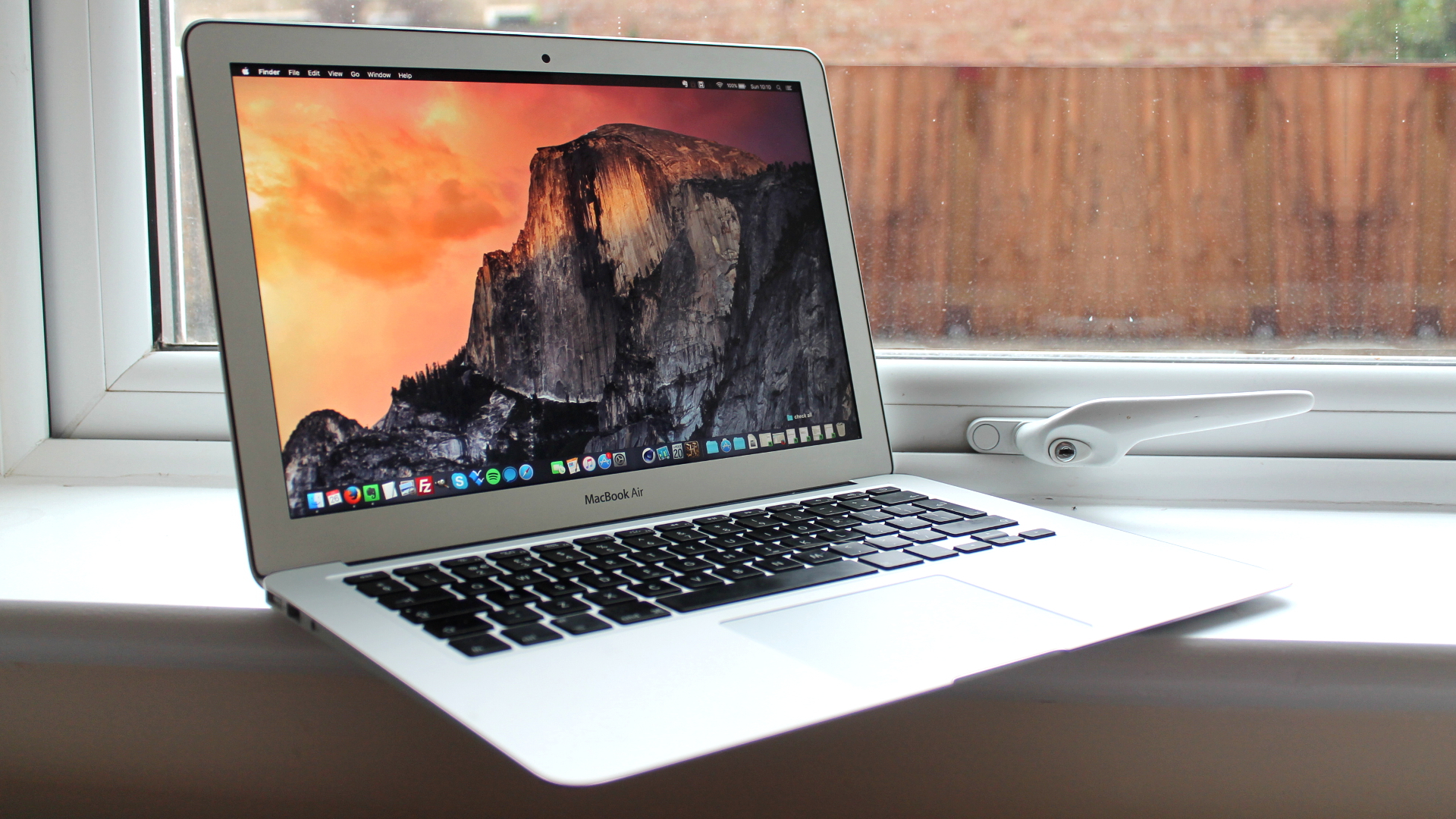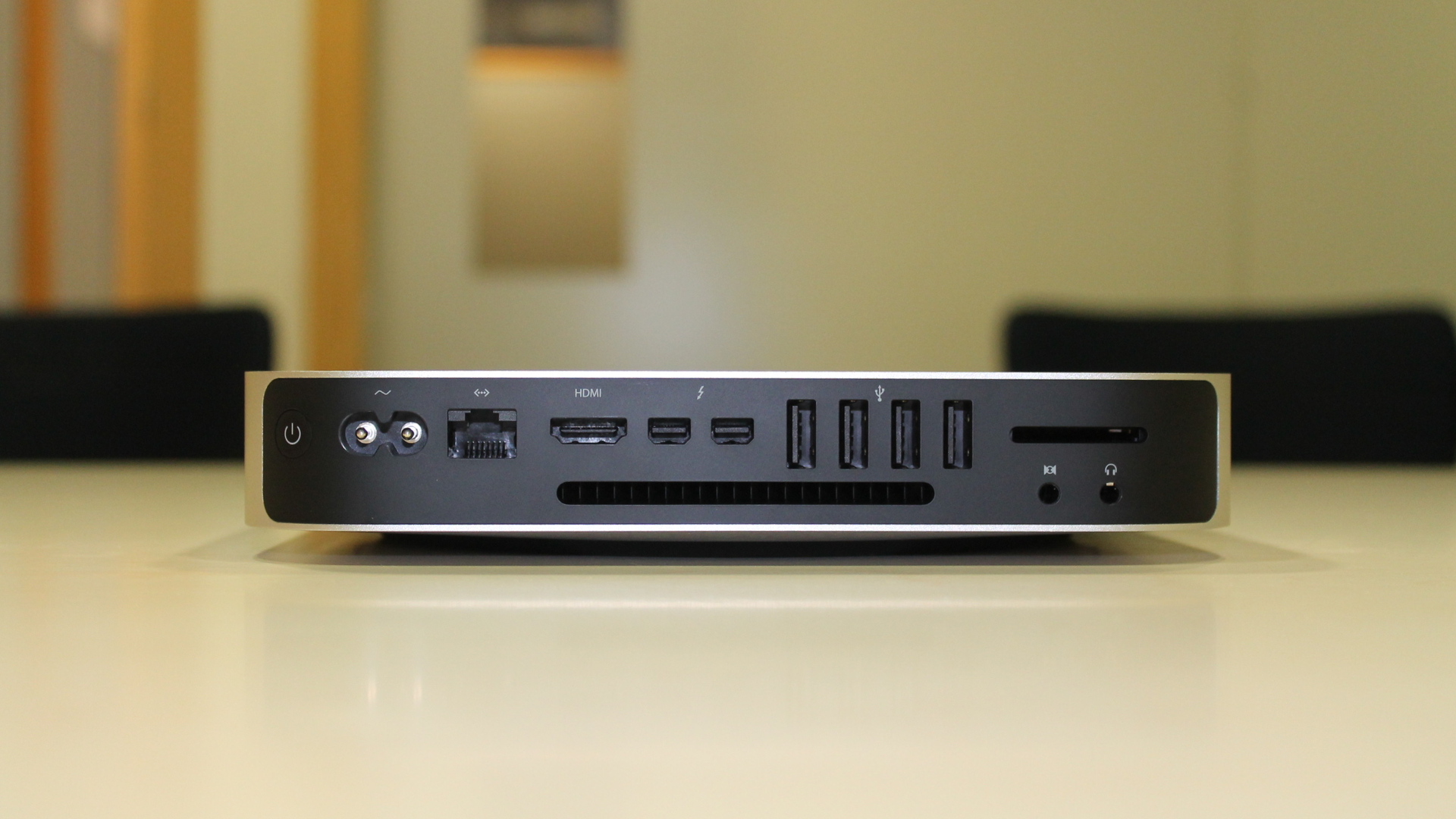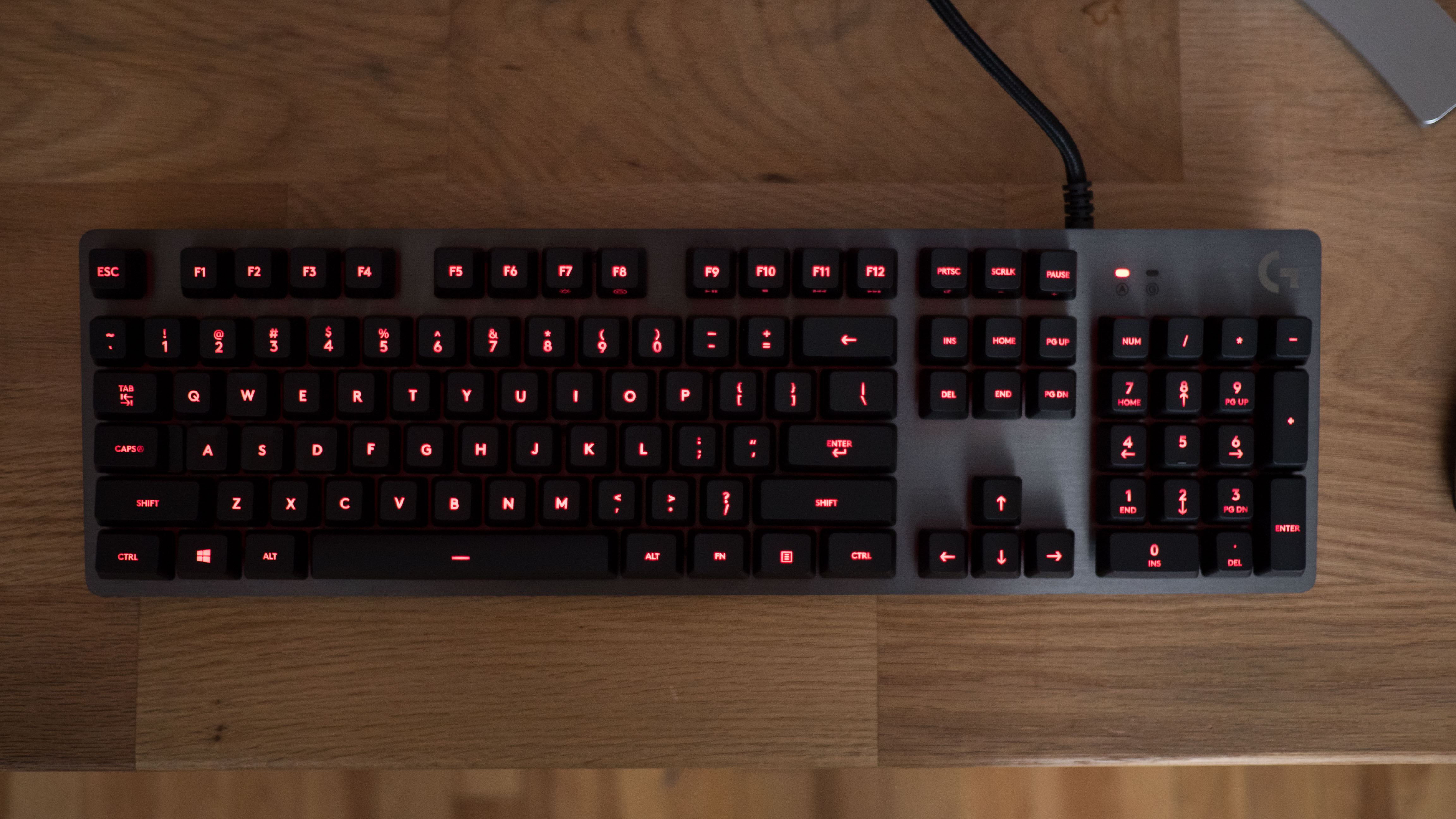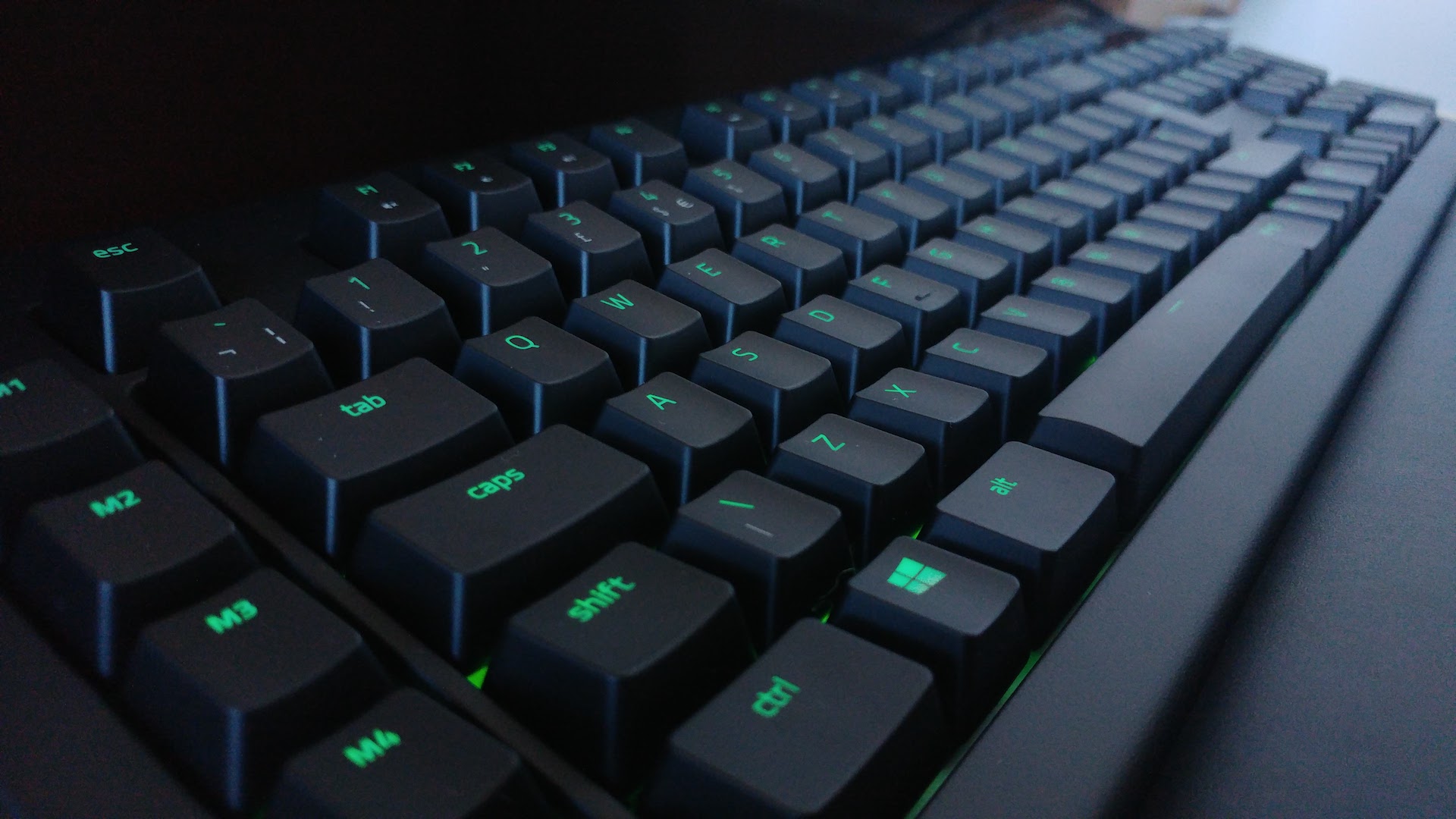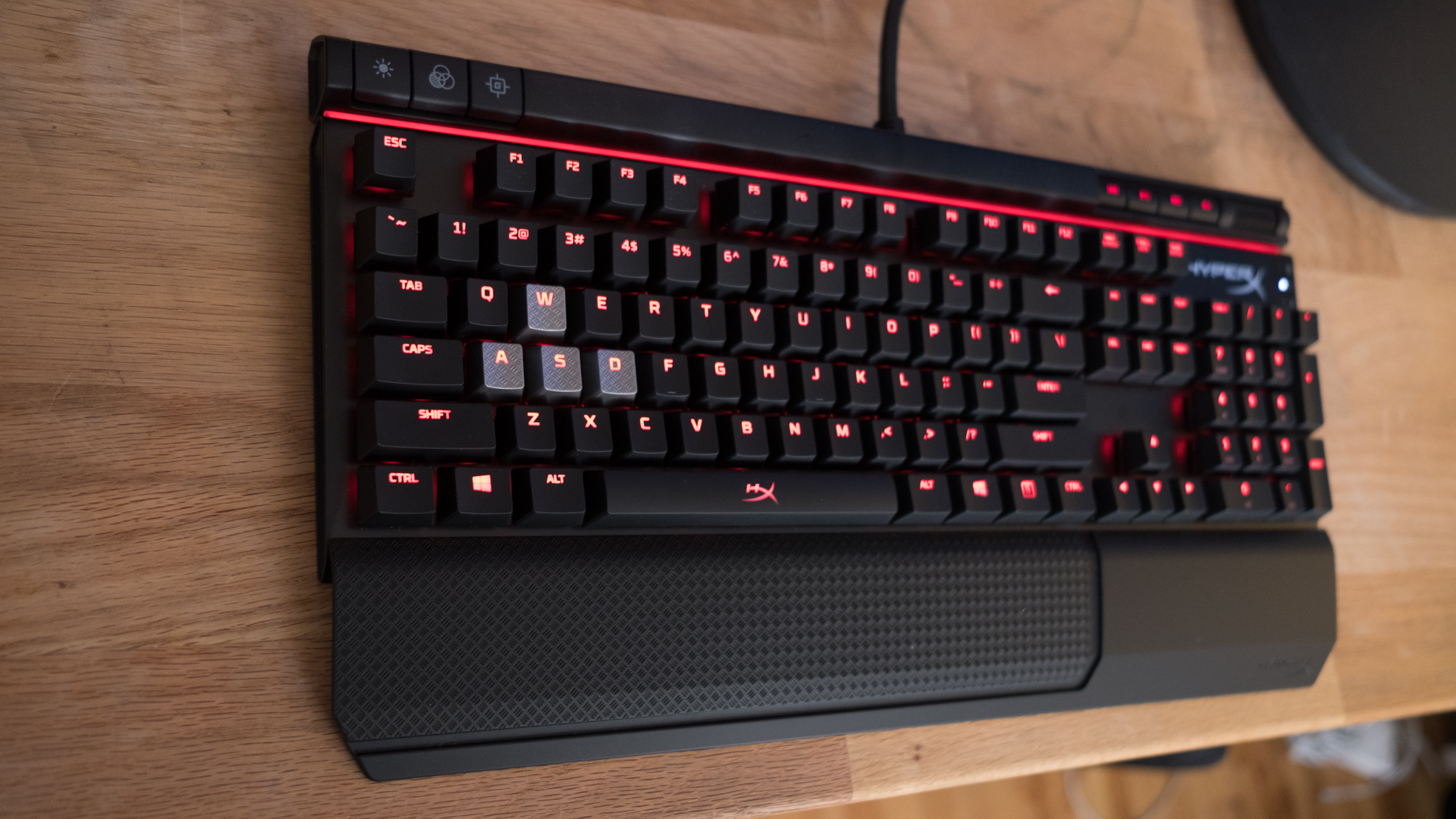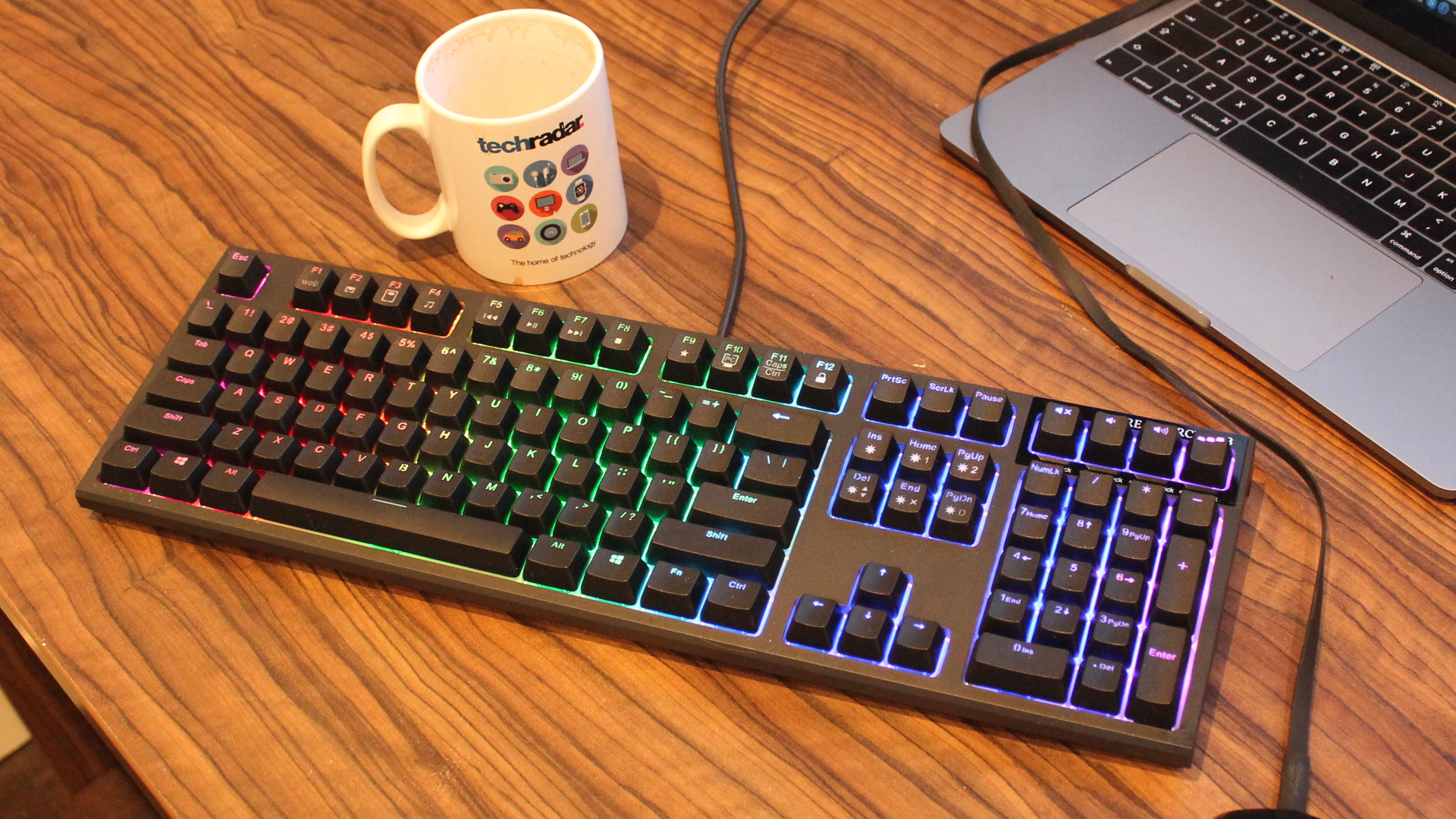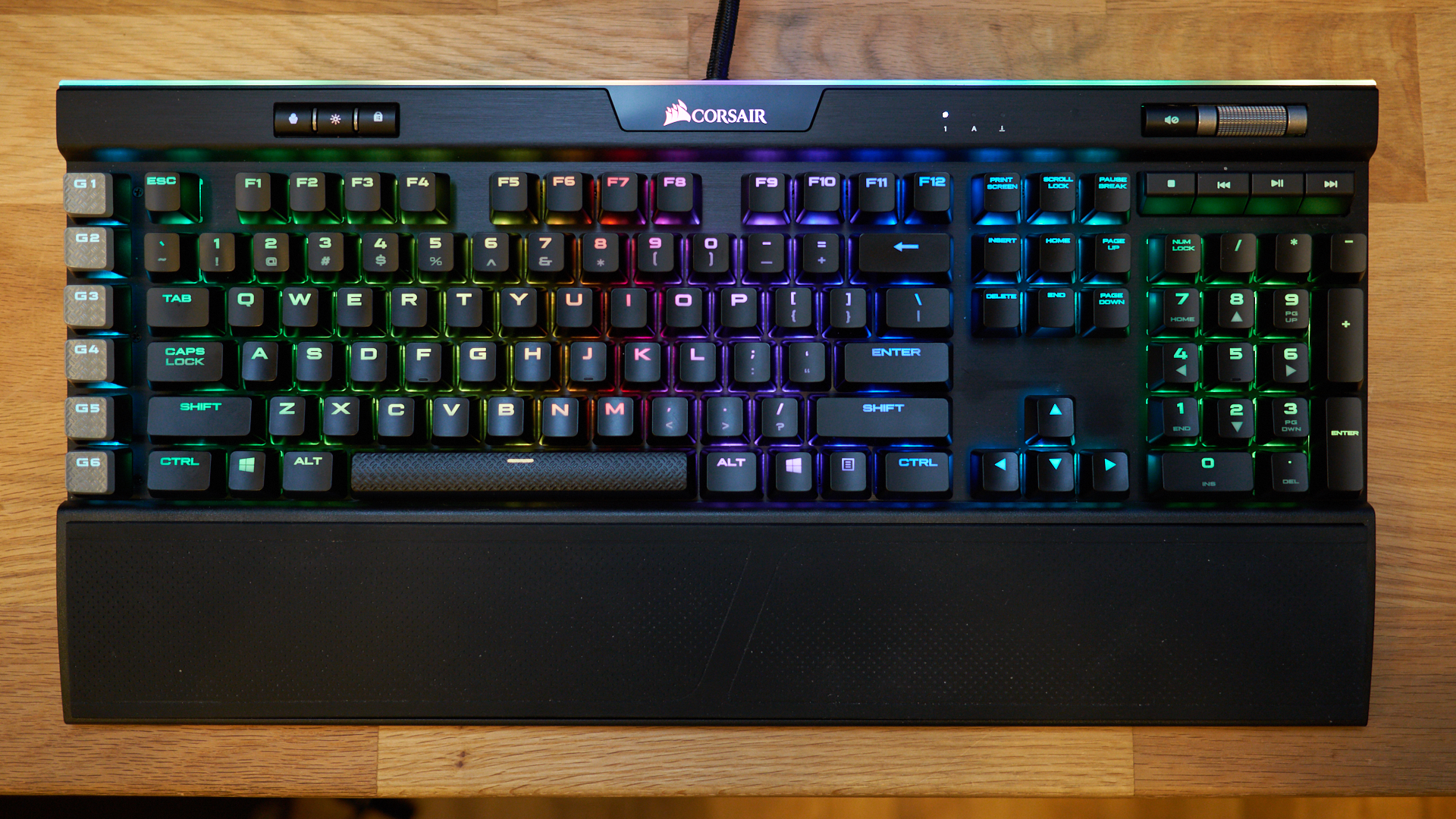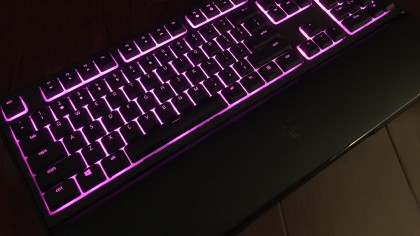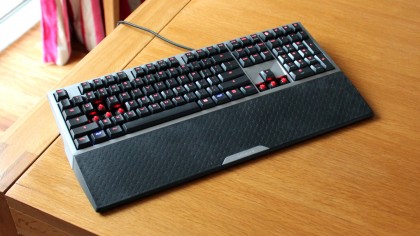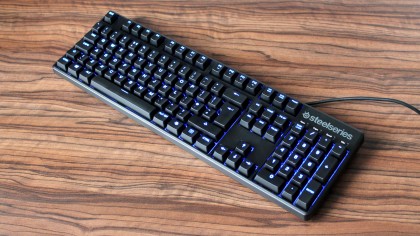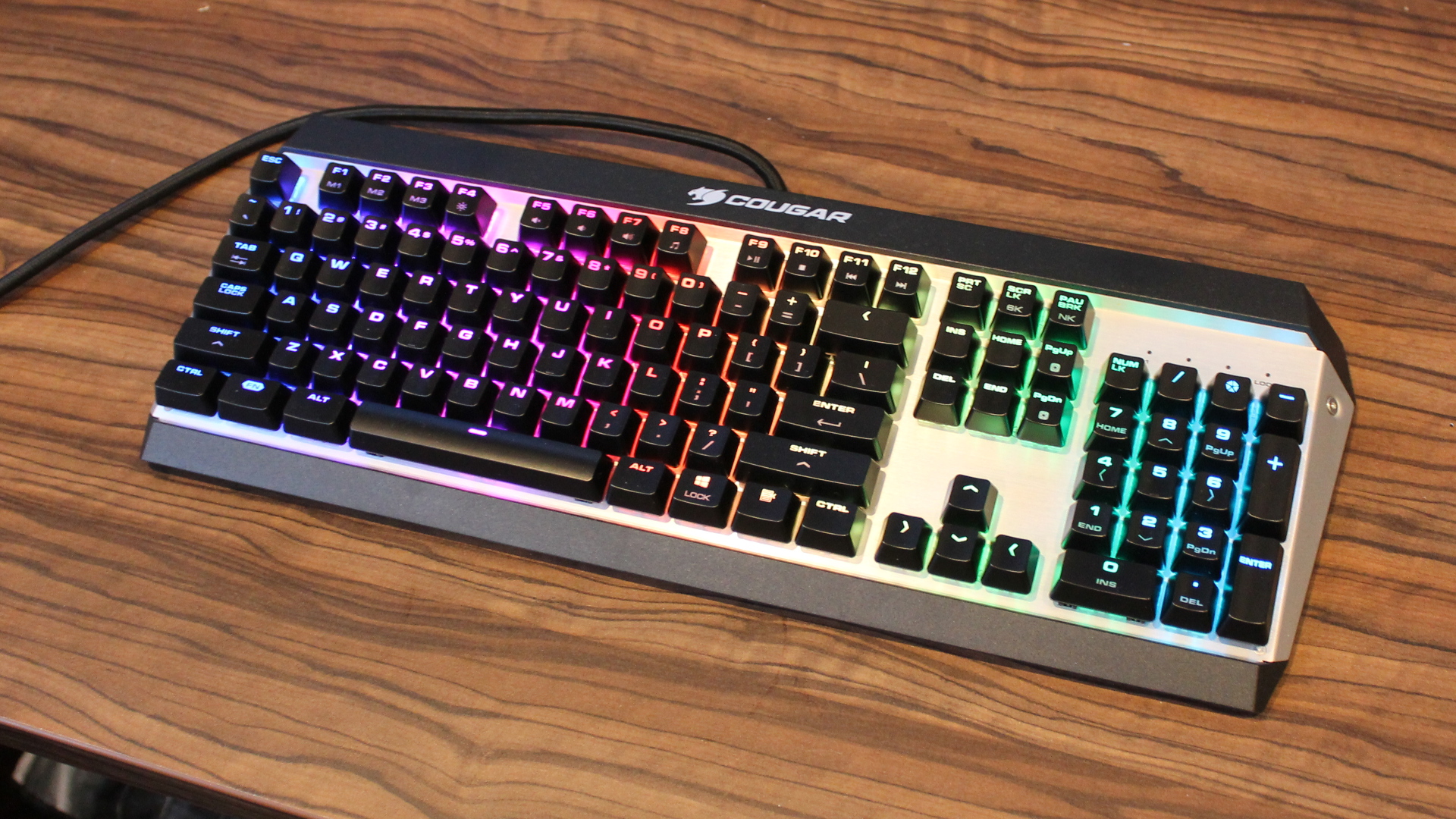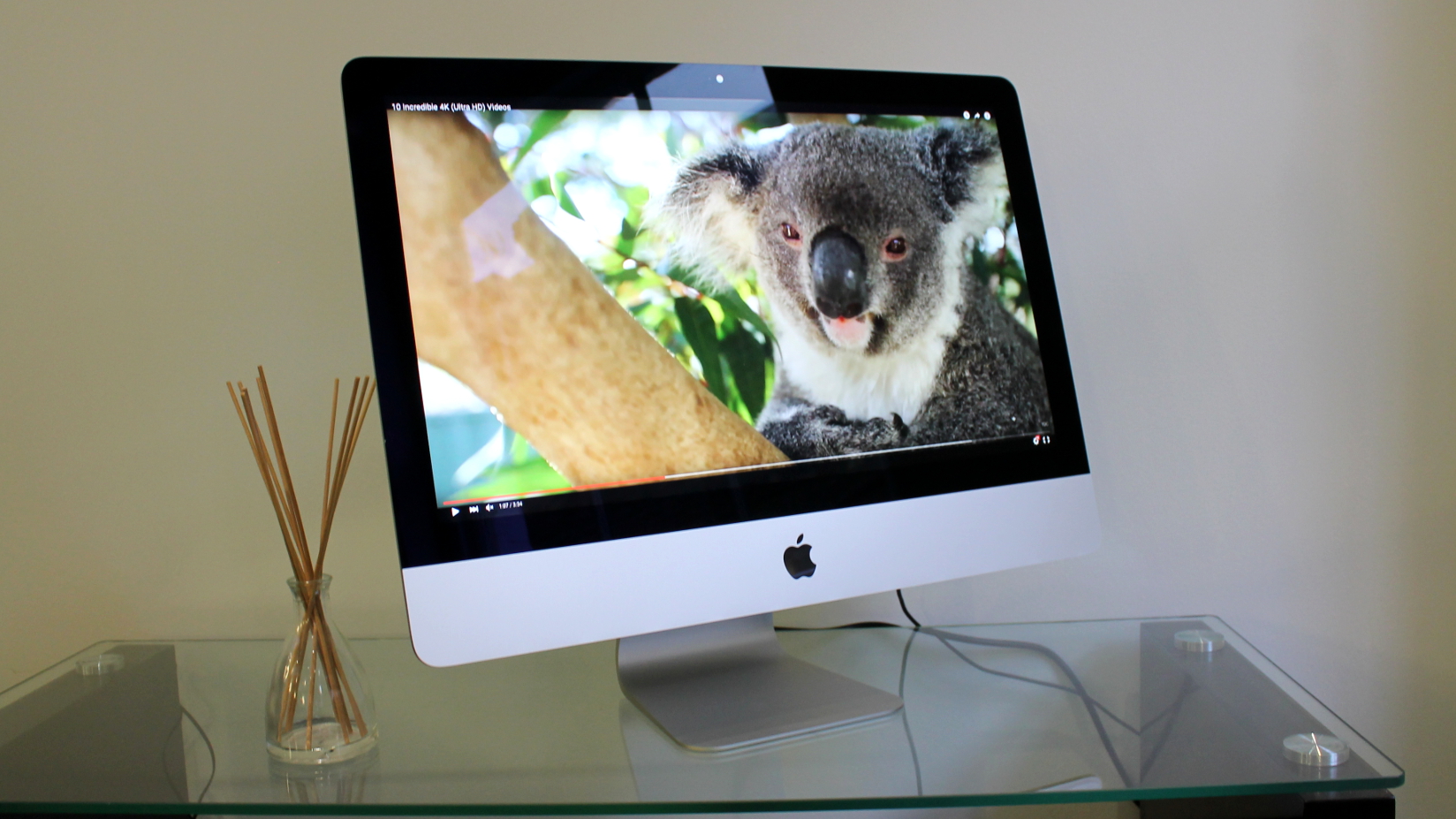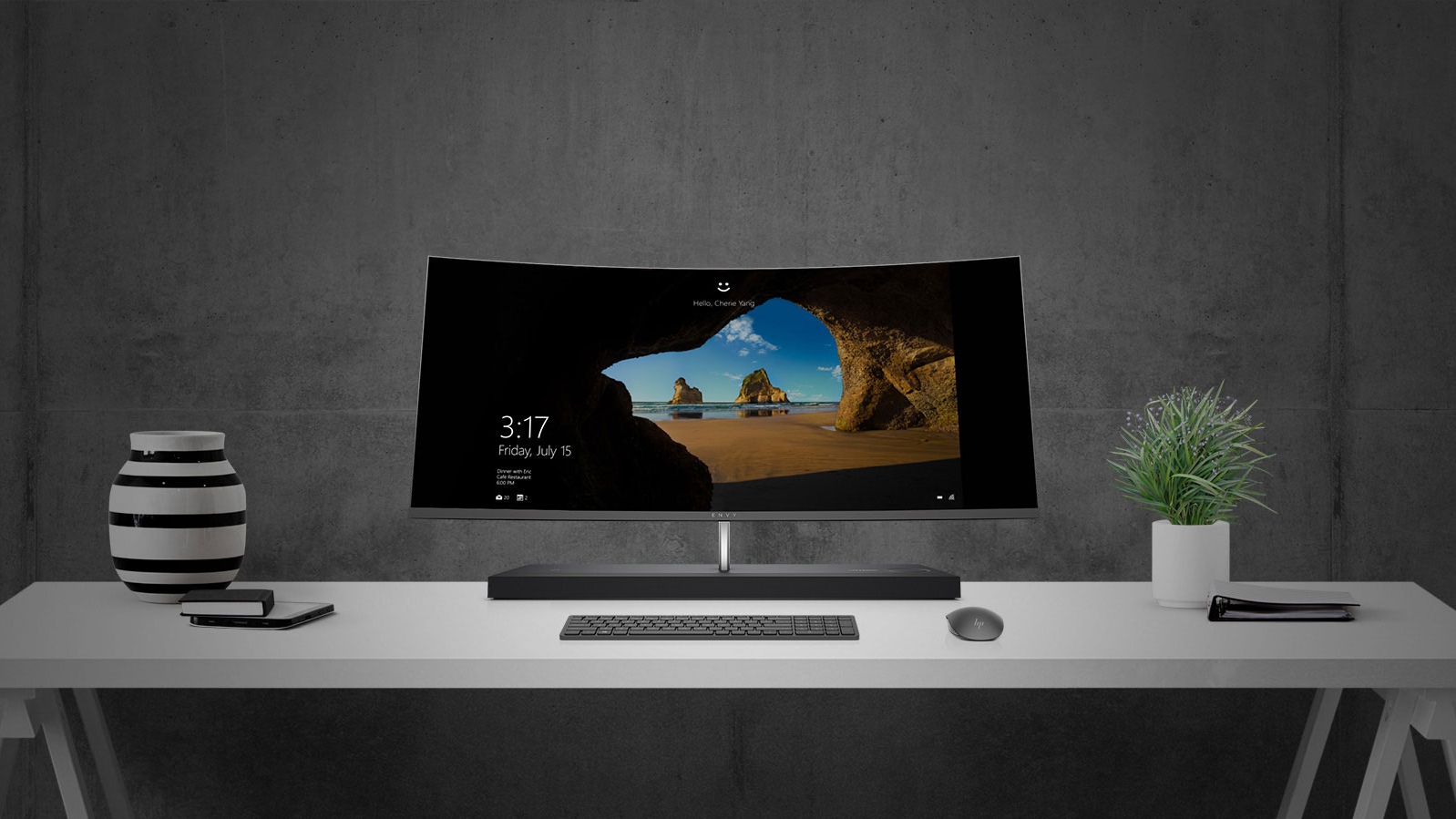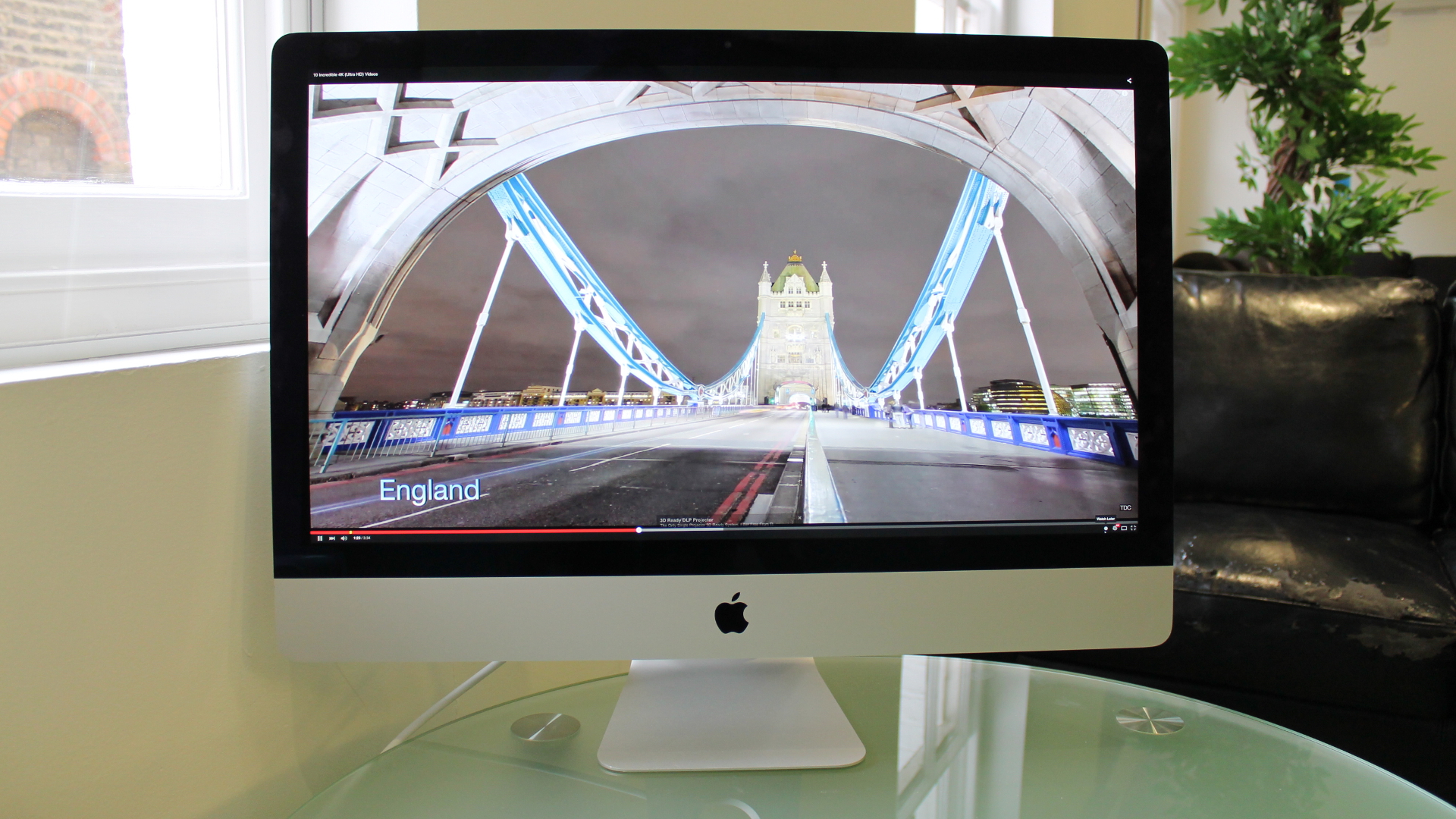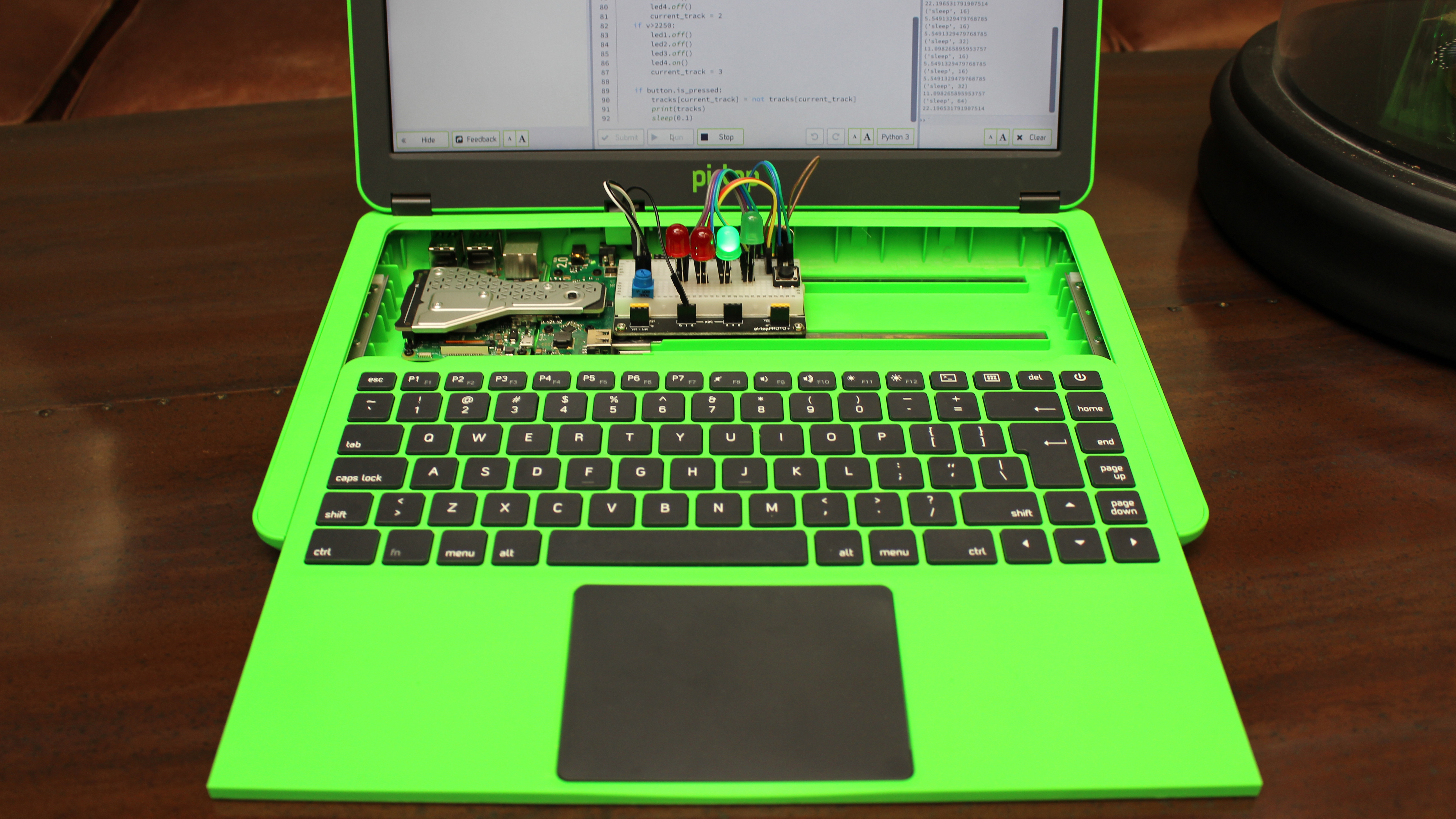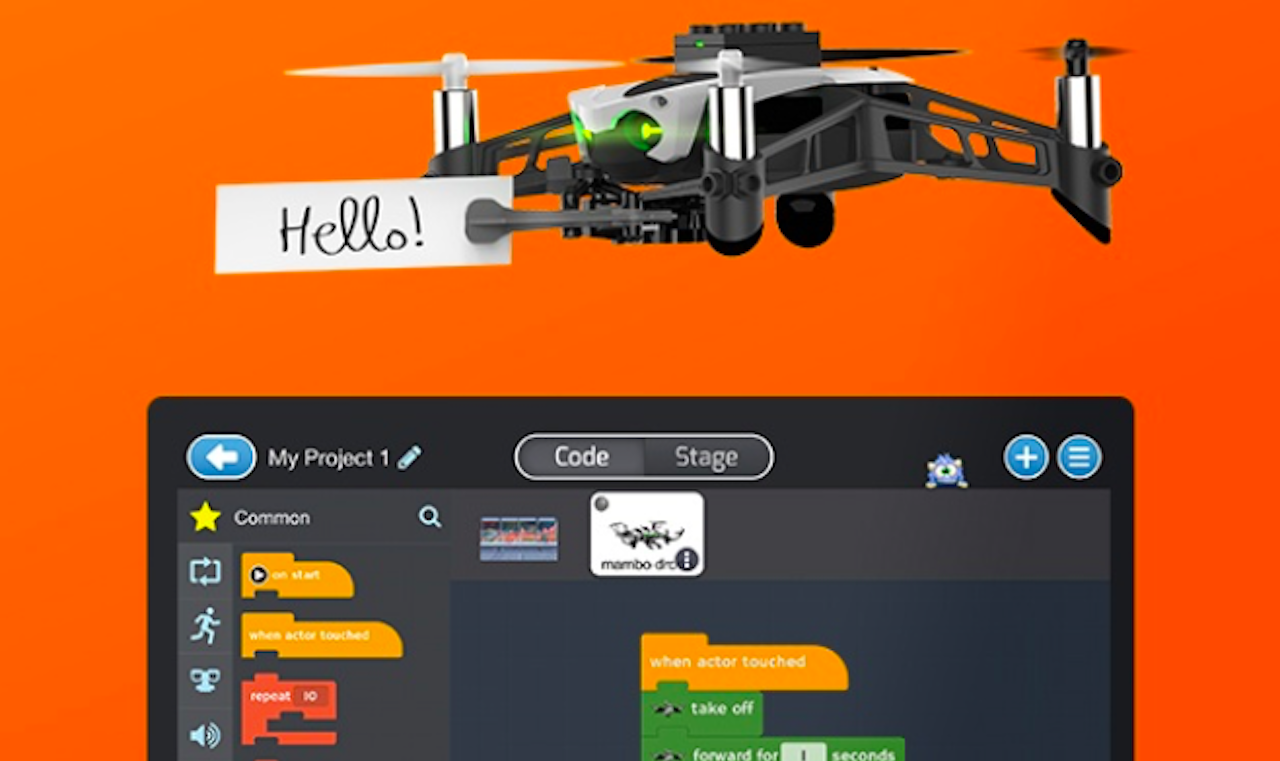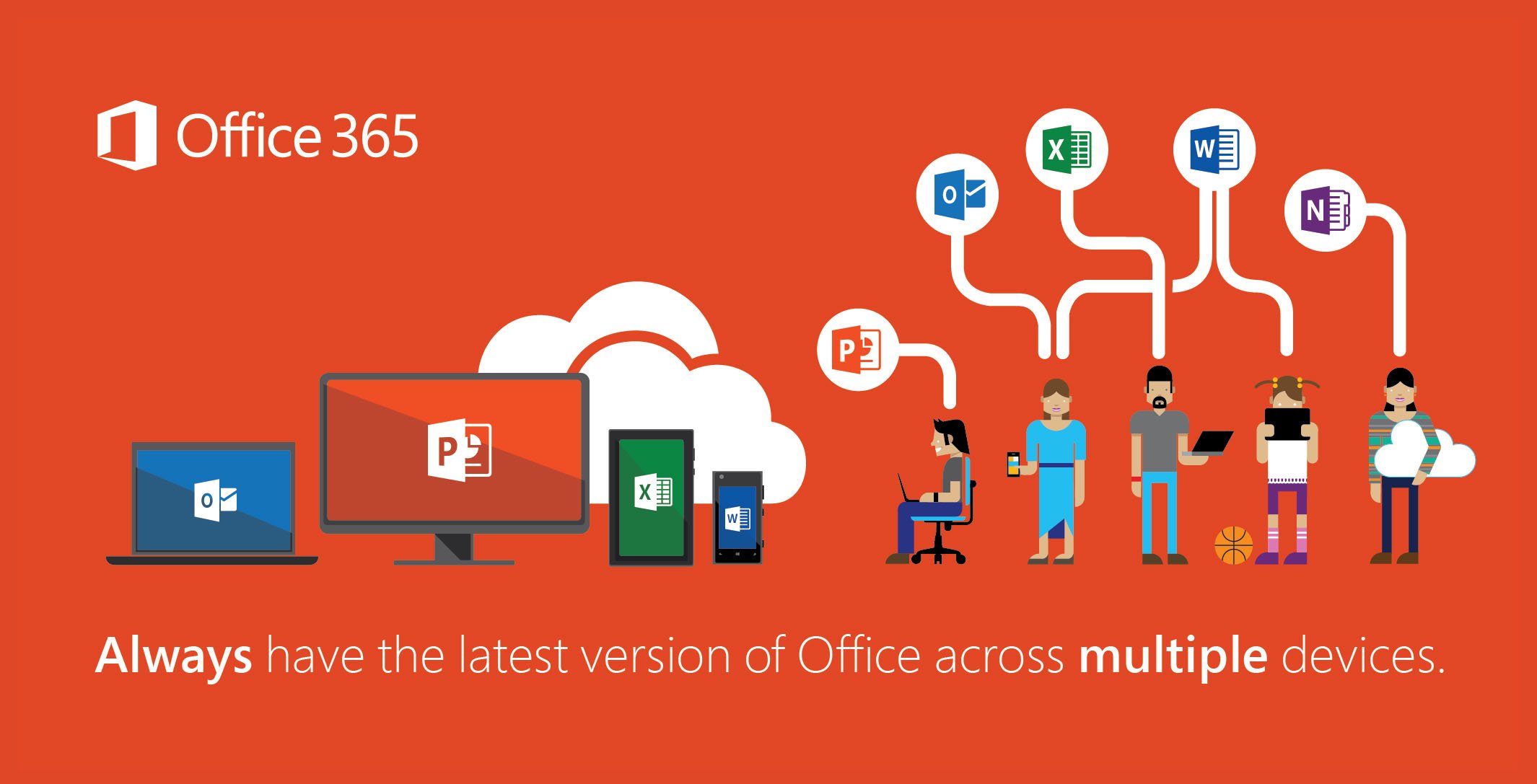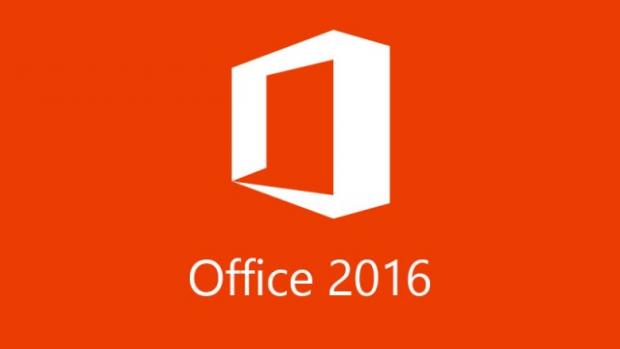There are now hundreds of thousands of apps available for your iPhone 7 (and others), surprisingly, many of the best are free.
- What's the best phone of 2017?
The following list showcases our pick of the best free iPhone apps, and includes iPhone applications for social networking, travel, news, photography, productivity and more. Most of these apps are also compatible with the iPod touch as well.
What's going to be interesting is how the iPhone 8 affects this list of best apps, because the larger screen is going to mean developers have to code their wares differently to cater for the new audience.
But no matter which phone you've got, as long as it's made by Apple )and it's not too old) you'll be able to enjoy these titles that have been crafted by TechRadar's expert app reviewers, who parse through the App Store regularly to see just what's bubbling up... and whether it's worth downloading.
New this week: Arty

Arty initially resembles yet another filter app – and, to be fair, it does have a bunch of filters lurking that can turn a photo sepia, or make it so vibrant that your eyes hurt. But this one’s mostly about its other tools, which have been carefully designed for jobbing artists working with real-world media.
There’s a grid, and various image-tweaking settings to fine-tune a photo for the magic bit, which is comparing your photo with whatever’s lurking under your iPhone’s camera.
So if you’re in the midst of making a lifelike drawing from a reference photo, your iPhone can now be a handy guide to see how you’re getting on, rather than a tool primarily for procrastination.
Sticky AI is all about selfies. Shoot one (or a short video, by holding the shutter button) in the app, and Sticky AI will instantly remove its background – often with a frightening degree of accuracy.
You can then get to work, resizing and rotating your beautiful face, slapping on a text label, mucking about with colors and filters, and then sharing the result to your social networks of choice.
It’s naturally geared a bit towards the self-obsessed, but there’s plenty here to like: the technology’s mightily impressive, for one, but also Sticky AI neatly hangs on to your previous edits, so you can at any time peruse your collection and make a change to a favorite snap.
Lingvist is a language-learning app that claims to be able to teach you at light speed. Naturally, that’s hyperbole, but Lingvist nonetheless has a methodology and interface that gets you going in your chosen language (French, Spanish, German, and Russian are supported) at serious speed.
Mostly, it’s about plugging words into sentences, in a drill-like fashion. Imagine interactive flash cards thrown your way in quick-fire fashion and you’re there. The underlying algorithm tracks words you’re finding tricky, and in-context explanations for things like verbs pop up as and when they’re needed.
Will Lingvist make you fluent in hours? Probably not. But as a refresher, or even a first step in learning a foreign tongue, it’s the best freebie around on iPhone.
Bricks Camera is a novelty camera app that will strike a chord with anyone who has an affinity for plastic building blocks.
The app’s essentially a live filter. Through its camera, the world’s transformed into a universe of brightly colored ‘bricks’, the size of which you can adjust with a swipe. Hold down the shutter and you get a short video rather than a still. Also, if you’re not feeling the vibe in live mode, you can import a photo instead.
Your blocky masterpiece can be saved or shared – unfortunately only with a three-brick-wide watermark. It’s a pity there’s no cheap IAP to be rid of that, but otherwise this is an entertaining – if slightly throwaway – camera freebie.
WLPPR is a wallpaper app that’s apparently not keen on vowels. But what it lacks in letters, it makes up for with beautiful satellite imagery, which you can save to Photos and later apply to your home or lock screens.
Unlike many wallpaper apps, WLPPR has been crafted with care and respect. Every image has a credit but also explanatory copy regarding what you’re looking at. You can bookmark favorites for later, apply a custom blur, and download imagery in standard or ‘parallax’ sizes.
Neatly, there’s a preview mode, too. Tap the eye icon and you can load a realistic-looking home or lock screen to see how your wallpaper would look. Not convinced? Swipe to get the next one.
Note that WLPPR is a freemium app, with IAP for extra photo sets; but for free you get 86 high-quality shots – more than enough for most – and an extra 58 if you’re happy to spam your social media feed one time.
Mood wants to add some visual style to your writing. It’s not about crafting a novel, but fleeting, simple thoughts, which can be assigned a dazzling layout. Think Twitter if you were armed with your own personal graphic designer.
Using the app is very straightforward. You start typing, and Mood reformats your text on the fly. Open the styles draw and you can flick between all kinds of appearances. Once you’re done, your tiny literary masterpiece is rendered to an image, which can be saved to Photos or shared on a social network.
Rather nicely, your creations aren’t transient, either – they’re also saved in the app and can later be edited. And there’s an amusing Easter egg, too – flip your iPhone upside down when in the styles section for some decidedly weirder themes (including an unnerving wall of bacon).
Green Riding Hood subverts a much-loved fairy tale, re-imagining Grandma as a hip yoga teacher, and having the Big Bad Wolf gradually learn how tasty healthy food is. Which might all sound a bit like brainwashing for tiny people if the story bit wasn’t so well designed.
Each little scene in the book is interactive, so you can tap animals to make them exercise, have the wolf angrily lob a bone into the forest, or – our favorite – fashion a cacophony as the animals try to wake a dozing granny with whatever objects they have to hand.
Beyond the book, you get some recipes and stickers for free. If all that takes your fancy, IAPs unlock exercise and dance routines – but, really, just the fairy tale bit alone makes this one very much worth a download.
Today Weather provides a sleek, elegant take on weather forecasting, marrying modern design, usability, and a slew of data.
Set a location and you get current conditions below a supposedly representative photo. (The photo is, frankly, a bit rubbish but can fortunately be disabled.) Scroll to delve into predictions about the coming hours and days, and details about UV index and pressure, the chances of imminent rainfall, air quality, sunrise/sunset times, and what the moon’s up to.
Sadly, these components can’t be rearranged, and anyone who wants a rainfall radar will have to pay for it. But these drawbacks shouldn’t stop you downloading what’s a great freebie weather app.
Also, Hello Weather has a trump card in its data source menu, which lists conditions and temperatures from five different providers. If one regularly seems better than the others, you can switch with a tap. Nice.
ClippyCam is a camera app that makes use of both iPhone cameras. You shoot a still – or hold the shutter to record a short video – and once that’s done use the FaceTime camera to overlay a second photo or video.
At first, you might end up with what looks like a screengrab from Skype, but play around with the various options and you can get a bit more creative. For example, take a snap on holiday and then add a video of your family waving to a loved one; or load a movie poster and unsubtly insert your head into the scene.
Smartly, the app can save your ‘vanilla’ snap alongside your ClippyCam creation, although note the latter has a watermark unless you splash out on a one-off $2.99/£2.99 IAP.
Clarity is all about creating wallpaper for your iPhone’s home and lock screens. The name comes from the app’s ability to create artwork that improves the legibility of the content above it.
Three options are available: Gradient, Blur, and Mask. Gradient has you choose two colors and decide on the direction of the gradient. Blur has you take a photo or picture and assign a blur level. And Mask allows you to overlay a color-to-transparent gradient atop an image.
It would be good to have positioning options for imported images (Clarity just crops as it sees fit), but otherwise this is a great freebie for quickly creating sleek and effective wallpaper for iPhone.
Steller is an app about stories. On first opening the app, you get a scrolling pane of photos to explore, each with a title overlaid. It kind of resembles a minimal virtual bookstore.
Tapping a picture allows you to delve into a story, which is presented as a little flick book. Depending on the author, you might just get a few pages of photos; some also add a little commentary – although text content is typically succinct in Steller stories, because pictures do the talking.
Creating a story yourself is simple, too. Pick a theme, import up to 20 photos and videos, choose a template for each page, and then share with the world. And although your output’s best enjoyed within the Steller app, people can visit your creations in a desktop browser, too.
Infinite Music says it will help you “rediscover your music library”, through “smart remixing and mashups”. What this really means is the app rifles through all the DRM-free music on your iPhone, throws it up in the air, and plays the result.
The theory is that Infinite Music figures out the dynamics of songs and then has everything flow together, potentially forever. And sometimes it works. Often, though, it’s more akin to a hyperactive DJ with no attention span over-excitedly live remixing your music collection.
In short, then, Infinite Music is often more a mad and jolting musical journey than seamless magic, but it’s certainly interesting. And given that it’s free, it’s worth grabbing for a distinctly different take on a music collection that might have become all too familiar.
This app is one for perfectionists who also happen to spend a lot of time on Twitter. Often, people post links to articles, but want to highlight something, and so they take and attach a screen grab. With OneShot for Screenshots, these screen grabs becomes a whole lot more useful.
After you’ve taken a grab, you open the app and load a screenshot. You can then crop it and even highlight the bits you want people to notice. Comments and source URLs can be added before the resulting composition is hurled at Twitter.
The workflow within OneShot is admittedly not that sleek, requiring bouncing between it and other apps. But highlights on screengrabs help get across your point much more than a wall of text.
With 8bit Painter, you can pretend a couple of decades of technology evolution never happened, and create digital images like it’s 1984. On firing up the app, you select a canvas size – from a truly tiny 16 x 16 pixels, all the way up to a comparatively gargantuan 128 x 128. You’re then faced with a grid and a small selection of tools.
There’s nothing especially advanced here – this isn’t Pixaki for iPhone, and it lacks that tool’s layers and animation smarts. But you do get the basics – pencil; flood fill; eraser; color selection – needed for tapping out a tiny artistic masterpiece.
And, importantly, you can pinch-zoom the canvas for adding fine details, and export your image at scaled-up sizes, so it’s not minuscule when viewed elsewhere. For a freebie, this one’s pretty great.
Smartphones are supposed to save you time, but certain actions may require you to dart in and out of several apps, which can be fiddly on an iPhone. The idea behind Workflow is to create triggers that automate a string of actions.
If you’re new to this sort of thing, Workflow does its best to be friendly. The interface primarily comprises big, colorful icons, and the drag-and-drop workflow creation is surprisingly approachable.
Should that still sound like too much work, dozens of workflows (such as GIF creation, making PDFs, and finding local coffee shops) can be downloaded from the gallery to use as-is or experiment with. Usefully, these are not only available from within Workflow itself, but also can be saved to your Home screen, Today widget, Apple Watch, or Share sheet.
Billed as ‘your smart travel guide’, Triposo elevates itself above the competition. First and foremost, it’s comprehensive. Whereas other guides typically concentrate on a few major cities, Triposo drills down into tiny towns and villages as well, helping you get the best out of wherever you happen to be staying.
50,000 destinations worldwide are included, complete with information on bars, restaurants, hotels, tours and attractions.
Beyond that, the app is easy to use, and it optionally works offline, enabling you to download guides on a regional basis. This is perfect for when you’re ambling about somewhere new, without a data connection. And if you’re unsure where to head, Triposo can even build an editable city walk for you too.
If your friends and family are very much of the opinion that your singing voice resembles a particularly unhappy wounded yak, Vanido might be just the ticket. It’s akin to personal music teacher Yousician, only the instrument you spend time improving is your voice.
Vanido works by way of short vocal exercises that change daily. As you attempt to sing, you get real-time visual feedback, so you can see how accurate your pitch is compared to what’s required. Got a wiggly line? Try to hold a note. A line heading north? Dig deep for those bass notes.
Given enough time, you probably still won’t be troubling the pop charts – but perhaps those around you won’t visibly grimace when you start singing along to your favorites.
We’re in one-trick pony territory with Moodelizer, but it’s quite a trick. The app’s all about adding custom soundtracks to videos while you record them, and all you need is a single finger.
You select a genre, and ‘rehearse’ playback by dragging your finger about the square viewfinder. As you move upwards, the music’s intensity increases; rightwards adjusts variation.
Just messing about with the audio alone is quite fun, but it all properly comes together when making a video.
Now, when you’re shooting yet another clip of your cat being mildly amusing, Moodelizer can add much-needed excitement by way of rousing club music or head-banging guitar riffs. Quite why you can’t import a video to add music to, however, we’ve no idea.
A sister product to the more capable iMovie, Clips finds Apple making a foray into stripped-back video apps. It’s designed for impulsive on-the-fly video capture, with scenes grabbed by holding a big red button.
Recordings can also feature live captions, which work brilliantly. You’re not restricted to footage captured in the moment either – Clips can import existing video and photos. You can also add stickers, emoji, and effects to individual shots, before flinging the result online and impatiently awaiting a call from Hollywood.
The lack of clip transitions is a pity, and Apple’s app feels cluttered compared to some sleeker rivals. But for no outlay, there’s plenty of fun here for fans of video who dislike extensive, time-consuming editing. And the live captions are really great.
There’s no getting around the fact that Emolfi is ridiculous – but it’s also a lot of fun. Self-described as the “first empathic selfie app”, it has you take a photo of your face, whereupon the app’s wizardry attempts to figure out your mood. The app then cuts out the background and adjusts the rest of the image accordingly.
If you’re feeling happy, you might be surrounded by bubbles and sunshine. If you’re angry or scared, you’ll get something that looks like a horror movie, or a massive spider on your face with your eyes animating towards it in worried fashion.
It certainly beats yet another app unconvincingly transforming you into characters from fantasy and comic-book movies.
Prisma is the best-known app for transforming photos into tiny works of painted art, but Pixify takes things further, largely by offering you more control. Although you can just select which artwork you’d like your photo to ape, the Custom tab provides tools to tweak the result through changes to brush size, style amount, image resolution, and style influence.
While ramping up settings can greatly increase rendering time, the results are often worth it – Pixify simply does a better job than Prisma of fashioning a realistic virtual painting. The app also works with video – although results there are a mite more variable.
Output gets a Pixify logo added to it, but the Pro IAP ($0.99/99p/AU$1.99) removes those for good, along with unlocking higher-resolution artwork and longer videos.
There are plenty of ambient noise products on the App Store, designed to help you relax, or to distract you from surrounding hubbub. TaoMix 2 is one of the best, due to its gorgeous interface and the flexibility of the soundscapes you create.
You start off with a blank canvas, to which you drag noises that are represented as neon discs. These can be recolored and resized, and positioned wherever you like on the screen. A circle is then placed to balance the mix, or flicked to meander about, so the various sounds ebb and flow over time.
For free, you get eight sounds, can save custom mixes, and can even import your own recordings. Many dozens of additional sounds are available via various affordable IAP.
If you wonder what your iPhone would be like if graphics technology hadn’t moved on from the age of the C64, Famicam 64 can enlighten you. This camera app uses live filtering to replicate the visuals you might once have seen on a classic games system – or other old-school kit like oscilloscopes.
Filters can have their properties adjusted, and you can add text, retro-oriented stickers, freeform scribbles, and borders to a photo, before sharing the results.
Note that some options are limited in the free version, and output adds a Famicam 64 banner to the bottom of the image. You can get rid of all that with the PLUS IAP ($1.99/£1.99/AU$2.99), but in either incarnation, Famicam 64 is a fun, quirky, usable way to do something different with your camera.
If you’re bored with watching the same old movies or relying on rental charts, Popcorn may be just the ticket, as the app instead aims to catch your eye with hand-picked lists. This means you delve into anything from ‘movies starring robots’ to the comparatively oddball ‘most harrowing kids’ movies’ (complete with a gruesome still from Watership Down).
Open a list and you get offered a few cards, which you swipe Tinder-style: left consigns them to oblivion and right adds a film to your watchlist. If you’re not sure about whatever’s on a card, you can have a quick look at a trailer first. It’s a fast, simple, effective means of building a movie watchlist in an unusual way.
Adobe apparently has no interest in bringing full Photoshop to iPhone, but the brand’s focused Photoshop-branded apps offer a smattering of the desktop product’s power in the palm of your hand. Adobe Photoshop Sketch is a drawing and painting tool, designed for anyone who fancies dabbling in natural media.
Select a canvas and you can work with virtual pens, markers, acrylic, ink and watercolor. Acrylic is nicely gloopy, and watercolor can be realistically blended as it bleeds into the ‘paper’. A layers system provides scope for complex art, and stencils enable precision when required.
For free, the app’s hard to beat; and for Creative Cloud subscribers, work can be exported to layered PSD for further refinement in full-fat desktop Photoshop.
With its large display and the Apple Pencil, the iPad seems the natural home for a coloring app like Pigment. But if you fancy doing the odd bit of coloring-in when you need to relax, Pigment’s great to also have installed on the device you always have in your pocket.
Even on the smaller screen, it excels. You get quick access to a set of top-notch coloring tools, and a range of intricate illustrations to work on. Sure, buy a subscription and you gain access to a much bigger range; but for free, you still get an awful lot.
Amusingly, the app also offers options for staying inside the lines. By default, Pigment automatically detects what you’re trying to color and assists accordingly – but you can go fully manual if you wish!
The iPhone version of GarageBand has always been ambitious. Aiming at newcomers and professionals alike, its feature set includes smart instruments that always keep you in key, multitrack recording/editing functionality, a loops player, and superb guitar amps.
But 2017’s major update takes things much further, with new synth Alchemy improving the app’s previously slightly ropey sound set. Smart piano strips have been expanded to all keyboard instruments, helping anyone to play perfect melodies.
And Audio Unit support exists to load third-party synths directly inside of GarageBand, similar to how plug-ins work on desktop music-making apps.
Because of these things, GarageBand is now even more suited to musicians of all skill levels – although be aware on smaller screens that the app can be a touch fiddly, what with there being so much going on.
Although the app is listed as $4.99/£4.99/AU$7.99 on the App Store, it’s free for anyone who’s activated a compatible device after September 1, 2014.
It’s so easy to click links you plan to get to later, and at the end of the day realize you’re left with dozens of unread tabs. With Instapaper, such problems vanish.
The app is effectively time-shifting for the web. You load articles and it saves them for later. Even better, it strips cruft, leaving only the content in a mobile-optimized view ideal for iPhone. The standard theme is very smart, but can be tweaked, and there’s text-to-speech when you need to delve into your articles eyes-free.
Should you end up with a large archive, articles can be filtered or organized into folders. Want to find something specific? Full-text search has you covered. It’s all great – and none of it costs a penny.
Although creative giant Adobe doesn’t seem keen on bringing its desktop software to iPhone in one piece, we’re nonetheless getting chunks of its power reimagined as smaller, more focused apps. The idea behind Adobe Photoshop Fix is to enable you to rapidly retouch and restore photos on your iPhone – using the power of Photoshop.
Some of the features aren’t anything outside of the ordinary: you get commonplace tools for cropping, rotation, and adjustments. But Photoshop Fix has some serious power within its straightforward interface, too, as evidenced by excellent vignette, defocus, and color tools.
The best bit, though, is Liquify. Using this feature, you can mash a photo to bits or make really subtle changes, depending on the subject matter. And if you’re facing a portrait, you can specifically fiddle with features, in a manner usually associated with high-end PC software.
Unsurprisingly, Wikipedia is an app for browsing Wikipedia, the massive online encyclopedia that makes all paper-based equivalents green with envy. It’s the official app by Wikipedia and is easily the best free option, and only rivaled by one paid alternative we’re aware of (the rather fine V for Wikipedia).
Wikipedia gets the basics right: an efficient, readable layout; fast access to your browsing history; a home page full of relevant and potentially new articles. But it’s all the small things that really count.
Save an article for later and it’s also stored offline. Finding the text a bit small? You can resize it in two taps.
Also, if you’ve a fairly new iPhone, 3D Touch is well-supported: home screen quick actions provide speedy access to search and random articles; and when reading in the app, the Peek gesture previews a link, and an upwards swipe displays a button you can tap to save it for later.
If you need some ambient noise around you, White Noise+ proves an excellent app for blocking out distractions. The free version offers a small selection of sounds to soothe your soul – white noise, rain, wind, thunder, and wind chimes.
To create some ambience, you simply drag one or more noise icons to an on-screen grid; the items towards the top play at a higher volume, and those towards the right become more complex in nature. Happen upon an especially pleasing combination and you’re able to save your mix for later use.
The app smartly includes built-in mixes to provide a little inspiration – and to showcase a wider range of sounds that’s available via IAP. A single $2.99/£2.99/AU$4.49 purchase also removes the ad bar, unlocks a sleep timer, alarm, and dark mode, and allows you to fiddle with the 15 additional sounds – in both the bundled mixes and also your own creations.
But whether you pay or not, the combination of excellent sounds and a modern, usable interface make White Noise+ a best-in-class product on the iPhone.
Many apps attempt to emulate film stock, but most go for an over-saturated, larger-than-life take on old-school photography. By contrast, Filmborn is all about realism, arming you with tools to make you a better photographer.
The icon-heavy interface takes some getting used to; but once you know where everything is, Filmborn quickly replaces the stock camera app – or any other app you had previously favored. Much of this is down to features such as manual controls and a superb blown highlights preview, which covers problematic areas of your potential snap in red.
But it’s the filters that will most wow anyone keen on real-world stock. They’re few in number but extremely realistic, and Filmborn also assists regarding when to use them, thereby adding educational clout.
Beyond that, there’s an editor for making post-capture adjustments, and some pro-oriented features you can unlock using IAP, such as curves and multiple set-up slots. But even in its free incarnation, Filmborn is an essential download.
This music-creation app manages the tricky combination of being broadly approachable to the masses yet providing real scope for advanced composition. Designed to be used on the go, Tize has you lay down drum, melody or audio tracks (the last of those being recordings made using your iPhone’s mic).
The app automatically loops recordings, can align notes to the beat, and gives you options for adjusting tempo, scale, and effects.
Its main differentiator over the competition is speed. Once you crack how it works, you can very rapidly fashion loops comprising several overlaid drum tracks, bass, keyboard arpeggios, and lush chords.
Need some help? Easy Chords will play chords for the current scale when you tap a single note. Want to tweak things? Delve into the piano roll and move individual notes. For free, this is astonishing stuff.
The only limit is the available sounds, but these, naturally, can be expanded via various affordable IAPs.
You might not associate taking medication with a hip and cool iPhone, but technology can be a boon to anyone with such requirements. Round Health offers great pill tracking and dosage notifications – and it doesn’t do any harm that the app also happens to be gorgeous.
It’s split into three sections: in My Medicine, you add medications, and for each you can define a name, strength, individual doses, and schedules based around reminder windows of up to three hours. In Today, you view and log the day’s medication.
Flexible preferences enable you to set up cross-device sync, push notifications, and to export data - and reminding users to refill will be a real help too.
That the app is free is generous, given the job it does – and how well it does it. Also, the system is flexible enough that Round Health might work as a reminders system for other repeating tasks, albeit one in which jobs are labelled as ‘taken’ rather than ‘done’!
Apple’s pre-loaded Clock app has a perfectly serviceable timer – but you only get one countdown at any given moment. MultiTimer, as its name might suggest, gives you multiple timers that you can set going simultaneously.
On launching the app, you’ll find six timers already set up. Each has a different color, name and icon. Tap a timer and it starts, tap again to pause, or double-tap to reset. Easy. Long press and you open the timer’s options, so you can adjust its default time, label, color, icon and sound.
You also have plenty of preferences to delve into, including adjusting the default workspace. Should you want extra workspaces – or a custom layout – grab the $4.99/£4.99/AU$7.99 MultiTimer Pro IAP.
An app rooted in a deeply personal story, Notes on Blindness VR is a VR experience based on the notes of John Hull, who went blind in 1983. Each of the six chapters explores a specific memory, moment and location, utilizing surround audio alongside Hull’s spoken notes, and glittery visuals akin to echolocation.
Purely as a documentary watched on a standard iPhone display, Notes on Blindness VR is well worth experiencing, as Hull adjusts to his new life and experiences – objects ‘disappearing’ as their related sounds fade, and how rain makes the world beautiful because for Hull rainfall gives objects form.
But the full VR experience (assuming you’re also using headphones) takes things further; you gain greater insight into Hull’s life as your own senses are taken over, leaving you with flickers of light but a world of sound.
There are loads of to-do apps on the App Store, but Productive has a different goal: rather than having you merely tick items off of a list, it wants to encourage you to change your routines and habits.
You create habits within the app that are designed to be simple and assigned to a period of the day, making for straightforward but flexible planning.
Bright icons atop a deep gray background make your list simple to browse, and the calendar pages ensure tracking progress is a breeze. You can add iOS reminders to any item, too, although we preferred regularly visiting the app – a nice habit in itself.
For free, you’re limited to five ongoing habits, but that should make for a good start – and adding too many could make sticking to new routines less likely. However, if you hanker for unlimited habits, you can upgrade for a one-off $3.99/£3.99/AU$5.99.
MuseCam dispenses with the gimmickry seen in many iPhone camera apps, instead concentrating on manual control over shutter, ISO, white balance and focus. There's no means to use a volume button for the shutter, nor RAW support, but otherwise it's a solid camera.
The app is also an editor. You select a Camera Roll item, add film-inspired filter presets, and make further adjustments. Again, this feels like serious fare, but MuseCam wisely provides enough tools for pro-oriented iPhone photographers while remaining accessible enough for newcomers.
Interestingly, edits made on Camera Roll items remain accessible in MuseCam regardless of whether you export your final work, meaning you can later return to and update in-progress projects.
All in all, MuseCam feels refined and mature. That it's free (bar the option of splashing out on additional presets by way of IAP) and also ad-free is remarkable.
It’s safe to say that the original promotional video for Bohemian Rhapsody – which popularized the medium – is on the weird side, but it doesn’t compare to The Bohemian Rhapsody Experience.
This experiment by Google aims to send you on a journey through Freddie Mercury’s subconscious mind, and recreate the sensation of being on stage with the band.
With VR glasses strapping your iPhone to your face, the experience is at once deeply strange and excitingly varied. Wherever you look, something’s happening, whether on stage with a distinctly stylized animated take on the band, and then looking behind you to see the crowd, or standing before a rock face, watching singing creatures in the distance, only to peer down and see a stomach-churning chasm below.
Smartly, the app also works as a standard 360-degree video, which might not have the same immersive clout, but remains impressive all the same.
Google and Apple may be rivals, but that doesn't stop them building on each other's work, as evidenced in Motion Stills, an app which takes the idea of Live Photos and runs with it.
Putting your Live Photos through Motion Stills adds Google's stabilization technology to them, reducing the amount of visible camera shake, but that's just the beginning.
You can also transform them into GIFs which can be shared in messaging apps, or even combine your Motion Stills into longer movies, and do cool things like invert the direction of the action to make your subject look like it’s dancing.
If you like the idea - but not the reality - of Live Photos then Motion Stills is the app for you, and you're not limited to using it for new images - you can also fix up any Live Photos you've already taken.
If you lack the patience for working with full-on stop motion apps, but nonetheless fancy yourself as a mini-Aardman, Loop by Seedling is just the ticket.
You shoot frames using your camera, and can handily overlay your previous photo in semi-transparent form, to ensure everything is properly lined up.
Once you're done, you can play your photos as an animation, where tools are available to adjust the frame rate, add a filter, and mess about with grid collages, creating a Warhol-like animated GIF to share.
The interface is a bit opaque – quite a lot of controls need to be 'discovered' before you become comfortable with using this app.
But once you know where everything is, Loop becomes a smart and efficient way to create charming miniature animations; amusingly, it also works within Messages, so you can reply to friends with a tiny movie should you consider the written word passé.
VPNs have become commonplace in a world where countries routinely block internet access to key content. In some cases, you may merely be blocked from accessing media libraries; elsewhere, even news and social media may be beyond reach. The idea behind Opera VPN is to enable anyone to access otherwise inaccessible online content, entirely for free.
Set-up takes only a minute or so, and the VPN itself is toggled in the Opera VPN app. You get a small selection of regions to choose from, after which point your iPhone effectively thinks it's in whatever country you selected.
During use, Opera VPN typically feels snappy, rivaling paid VPNs we've used elsewhere. Although it won't unlock all overseas services (Netflix, notably, is wise to VPNs these days), it's at the very least a good first place to try if you find you can't get at a particular corner of the internet.
From the brains behind game-like language-learning app Duolingo comes Tinycards. The aim is to enable people to memorize anything by way of friendly flashcard sets.
Duolingo itself offers a number of sets based around language, history and geography. Smartly, though, anyone can create and publish a set, which has led to hundreds of decks about all kinds of subjects, from renaissance art to retro computing.
The memorizing bit is based around minutes-long drills. You’re presented with cards and details to memorize, which the app then challenges you on, by way of typing in answers or answering multiple choice questions.
Some early teething problems with typos and abbreviations (for example, stating ‘USA’ was incorrect because ‘United States of America’ was the answer) have been dealt with by way of a handy ‘I was right’ button. Just don’t press it when you don’t really know the answer, OK?
With Google having extended its tendrils into almost every aspect of online life, Google Trips is the company’s effort to help you explore the real world more easily.
Tell the app where you want to go and it’ll serve up a selection of things to do, itineraries for day trips, food and drink recommendations, and more.
This being a Google app, some of the smart bits are somewhat reliant on you being ensconced in the Google ecosystem – reservations need to be sucked in from Gmail, for example.
However, with offline access for any downloaded location, Trips in tandem with Maps (which can also work offline) is an excellent app to have handy while on your holiday, and with the included ‘need to know’ section (emergency numbers; hospitals; health centers) could even be a life-saver.
Following in the footsteps of MSQRD, FaceRig enables you to embody a virtual character by controlling it with your face.
Everything happens entirely automatically – you just select a character and background, gurn into the camera, watch a seemingly sentient floating hamburger mirror your very expression, and have a little sit down to think about the terrifying advance of technology.
For those not freaked out by the hamburger to the point that they hurl their iPhones into the sea, FaceRig provides plenty of characters, unlocked using tokens earned through regular use or bought using IAP.
You can also snap and share photos of your virtual visage, or record entire videos where you pretend you’ve turned into a sentient goggles-wearing raccoon, an angry dragon or a slightly irritated-looking turkey.
One-time darling of the digital check-in crowd, Foursquare in 2014 reworked its app to focus entirely on local search. Although this irked fans who'd been there since the beginning, it's hard to criticize the app we've been left with.
On iPhone, you start with a search field, beneath which sits a handy list of relatively local places of interest. Tap an item and you gain access to a photo gallery, basic details, and a slew of reviews.
In the main, Foursquare is quite obsessed with food, drink and nightlife, but the 'fun' and 'more' categories house plenty of additional places to visit, from gig venues and cinemas to rather more sedate options like parks and historic sites.
Filters and 'tastes' options within the app's settings enable you to further hone down recommended choices, and anything you fancy reminding yourself of on a more permanent basis can be added to a custom list.
When you see an app describe itself as a 'workout and kitchen timer', you might wonder what its developers get up to. ("Well, that's dinner sorted, time for some press-ups!") But Timeglass ably showcases how timers for cooking and exercise have plenty of overlap.
The app itself is extremely user-friendly. You get three types of timer - single-use, stopwatch, and reusable. The last of those can have one or more steps. This means you can, for example, devise an exercise routine, and Timeglass will methodically work its way through the steps, optionally barking each one's name or playing an alert noise.
It's a pity there's no looping timer - that would enable Timeglass to assist with repeating workouts and run work/rest Pomodoro cycles. Otherwise, this is an excellent timer app, and it's also properly free, entirely lacking IAP.
Although most fans want to cheer on their soccer team by hollering from the stands or, second best, yelling at a TV in a pub, that's not always possible. When you're otherwise busy, Onefootball is a great means of keeping track of your favorites.
The app's a cinch to set up. Choose your teams, allow Onefootball to send notifications, and then let the app work its magic. On match days, you'll be notified of every goal, which, depending on your team's fortunes, may make you thrill at or dread hearing the notification sound.
If you at any point need a little more detail, venture into the app and you'll discover everything from live tickers to customized news feeds.
If you like the idea of editing home movies but are a modern-day being with no time or attention span, try Quik. The app automates the entire process, enabling you to create beautiful videos with a few taps and show off to your friends without needing talent - surely the epitome of today's #hashtag generation.
All you need do is select some videos and photos, and choose a style. Quik then edits them into a great-looking video you can share with friends and family. But if your inner filmmaker hankers for a little more control, you can adjust the style, music, format and pace, along with trimming clips, reordering items, and adding titles to get the effect you desire.
Cementing its friendly nature, Quik offers a little pairs minigame for you to mess about with while the app renders your masterpiece. And there's even a weekly 'For You' video Quik compiles without you lifting a finger.
We've seen quite a few apps that try to turn your photos into art, but none manage it with quite the same raw ability as Prisma. The app is almost disarmingly simple to use: shoot or select a photo, crop your image, and choose an art style (options range from classic paintings through to comic book doodling).
The app within a few seconds then transforms your photo into a miniature Picasso or Munch, and it's instantly better than most of us could ever hope to achieve with Photoshop.
On trying Prisma with a range of imagery, we found it almost never comes up with a duff result thanks to some insanely smart processing. But if you find the effects a bit jarring, a slide of your finger can soften your chosen filter prior to sharing your masterpiece online.
Our only criticism is the app's fairly low-res output, making Prisma pics only suitable for screen use - but it's a real must-have.
Unashamedly retro, BitCam is like shoving a Macintosh Plus into your iPhone's camera. It snaps retro pixelated black and white photos, with dithering right out of Mac co-creator Bill Atkinson's playbook. But what really sets BitCam apart is its authenticity. Tap the settings button and a window zooms in, using the same effect Mac old hands will remember from the 1980s.
Even the interface apes old-school Macs, from the checkboxes and OK button to the trashcan that appears after you take a photo.
There are, though, some concessions to post-1984 living: you can apply the effect to existing images through a Photos extension, and if you need a bit more colour in your life, a 'Color Graphics Card' is available as a one-off $1.99/£1.99/AU$2.99 IAP.
The camera sitting inside your iPhone is pretty amazing. In fact, plenty of people think it's too amazing, the clarity and purity of digital shots having lost the 'character' found in photography of old. Retrica brings a sense of creativity and randomness to iPhone snaps - and more besides.
Filters are Retrica's main trick. You can manually select one from a list (which can be managed, for faster access to favorites) or try your luck by stabbing the shuffle button. A selected filter's strength can be adjusted, but there's sadly no quick 'filter off' switch.
The filters, though, are varied and interesting, and you can optionally add a blur and vignette. It's also possible to apply Retrica filters to shots taken elsewhere, if you prefer taking 'clean' pics and messing around with them later.
Retrica also plays with time. You can take multi-shots, your photos subsequently being stitched together on a grid (there are well over a dozen options to choose from), or played in sequence as an exportable GIF.
Alternatively, hold the shutter and the app starts recording video, using your chosen filter. For five dollarpounds, we'd have written a glowing review about Retrica, but for free this is an astonishing gift - a superb and unmissable creative camera app.
If you used to sit there at school, doodling flick-animation masterpieces in the corner of your jotter, Animatic is the iPhone equivalent. You use simple tools to scribble on a small canvas, and then build your animation frame-by-frame.
The app uses a basic onion-skin approach, meaning you can see the previous few frames faintly behind the current one, ensuring whatever you draw doesn't lurch all over the place. Once you're done, you can adjust the animation speed of your creation and export it to video or GIF.
Given that you're scribbling with what amounts to the iPhone equivalent of felt pens, you won't be crafting the next Pixar movie here. But Animatic is fun, a great way to get into animation, and a useful sketchpad for those already dabbling. The app also includes a bunch of demos, showcasing what's possible with a little time, effort and imagination.
Plenty of apps claim they can get you making music in seconds, but Figure really means it. The app's heritage helps, as it comes from Propellerhead Software, creators of the legendary Reason and ReBirth.
In Figure, though, working on loops and beats is stripped right back from what you'd find in those complex PC apps; instead, you tap out drums, and slide your finger around to fashion monster bass and playful leads.
Sounds can be tweaked or swapped out entirely at any point. Once you're done, finished tracks can be uploaded and shared online. For serious musicians, there's even Audiobus support.
There's a tendency for weather apps to either bombard you with facts or try to be too clever with design Hello Weather, by contrast, simply wants to get you all the weather information you need, but nothing you don't.
This focused approach doesn't mean Hello Weather is an ugly app. On the contrary, it's very smart, with a clean layout and readable graphs. Mostly, though, we're fond of Hello Weather because it eschews complexity without limiting the information on offer.
The single-page view is split in three, covering current conditions, the next few hours, and the week's forecast. If you need more detail, a swipe provides access to things like sunrise/sunset times for the current day, or written forecasts for the coming week.
The app doesn't quite check off our entire wish-list - the lack of a rainfall radar (or at least a precipitation prediction graph for the coming hour) is a pity. But as a free no-fuss weather app, Hello Weather is hard to beat.
The idea behind Cheatsheet is to provide fast access to tiny chunks of information you never remember but really need to: your hotel room, your car's number plate, Wi-Fi passwords, or, if you're feeling suitably retro, the Konami code.
Set-up is pleasingly straightforward. Using the app, you add 'cheats' by selecting an icon and then typing your info nugget. When you've got yourself a number of 'cheats', they can be reordered as you see fit. Once you're done, the entire lot can be displayed on the Today widget or an Apple Watch.
Cheatsheet saves some features for a $2.99/£2.99/AU$4.49 'pro' upgrade - a custom keyboard, an action extension, some of the icons, and iCloud sync. But the free version is nonetheless useful and generous, along with making really good use of the Today view on your phone.
With the vast range of movies available at any given time, keeping track of what you'd like to see and what you've watched already isn't easy. TodoMovies 4 aims to simplify the process and aid discovery.
The app starts off with the discovery bit, having you check out lists that range from Academy Award nominees to those with the 'greatest gun fights of all time'. Beyond this, you can browse by genre, explore upcoming films and what's on in theatres, or perform a search for something specific.
Selecting a film loads artwork, and most have a trailer. Tap the big '+' to add the current film to your To Watch list, which can be searched or browsed (alphabetically, by date added, or by release date).
Watched films can be removed or sent to your Watched list, whereupon they can be rated. This mix of focus and friendliness - along with some very smart design - makes this app a no-brainer download for movie buffs.
Snapseed is an extremely versatile photo editor for iPhone. You choose from a number of tools and filters, and proceed to pinch and swipe your way to a transformed image. You get all the basics — cropping, rotation, healing brushes, and the like — but the filters are where you can get really creative. There are blurs, photographic effects, and more extreme options like 'grunge' and 'grainy film', which can add plenty of atmosphere to your photographs.
The vast majority of effects are tweakable, mostly by dragging up and down on the canvas to select a parameter and then horizontally to adjust its strength. Brilliantly, the app also records applied effects as separate layers, each of which remains fully editable until you decide to save your image and work on something else.
It's no secret that Apple Maps doesn't have the best reputation, although it has got better in recent times.
Fortunately, Google Maps is a free download, and a far better solution than the old Google Maps app as well, thanks to the inclusion of turn-by-turn navigation and - in some cities - public transport directions. Handily, it can also save chunks of maps for offline use - great when you're heading somewhere with poor connectivity.
It's an easy way to supercharge your iPhone's mapping capabilities and one of the first apps you should grab for the iPhone 7.
If you live in or visit one of the supported cities (which include London, Paris, Berlin and New York), Citymapper is an essential download, assuming you want to find your way around more easily.
It'll zero in on your location and then intelligently get you from A to B, providing all kinds of travel options and routing, and, where relevant, live times for transit.
Sometimes with apps, it's the seemingly little things that make a big difference. With Overcast, for example, you get a perfectly decent podcast app that does everything you'd expect: podcast subscriptions; playback via downloads or streaming; a robust search for new shows.
But where Overcast excels is in attempting to save you time and improve your listening experience. Effects (which can be assigned per-podcast) provide the smartest playback speed-up we've heard, voice boost for improving the clarity of talky shows, and smart speed.
The last of those attempts to shorten silences. You won't use that setting for comedy shows, but it's superb for lengthy tech podcasts. As of version 2.0, Overcast is free, and betters all the other iOS podcast apps that also lack a price tag. (Should you wish to support the app, though, there's an entirely optional recurring patronage IAP.)
- Now you've downloaded Overcast, check out our list of the best podcasts
Although Apple introduced iCloud Keychain in iOS 7, designed to securely store passwords and payment information, 1Password is a more powerful system. Along with integrating with Safari, it can be used to hold identities, secure notes, network information and app licence details. It's also cross-platform, meaning it will work with Windows and Android.
And since 1Password is a standalone app, accessing and editing your information is fast and efficient. The core app is free – the company primarily makes its money on the desktop. However, you’ll need a monthly subscription or to pay a one-off $9.99/£9.99/AU$14.99 IAP to access advanced features (multiple vaults, Apple Watch support, tagging, and custom fields).
It's interesting to watch the evolution of an app. Starting out on iPad, Paper was something of a design industry darling, offering a beautiful and stylish, if ultimately slightly limited, digital notebook of sorts.
Then it went free, the developer positioning Paper as the perfect app to use with its Pencil stylus.
But the latest update not only brings the app to iPhone it also radically reimagines and expands it. Alongside existing sketch tools, you now get notes and the means to add photos, transforming Paper from nice-to-have to essential.
Back in 2009, Jorge Colombo did some deft iPhone finger painting using Brushes, and the result became a New Yorker cover.
It was a turning point for iOS and suitably handy ammunition for tech bores who'd been drearily banging on about the fact an iPhone could never be used for proper work. The app sadly stagnated, but was made open source and returned as Brushes Redux.
Now free, it's still a first-rate art app, with a simple layers system, straightforward controls, and a magnificent brush editor that starts you off with a random creation and enables you to mess about with all manner of properties, from density to jitter.
We keep hearing about how important coding will be to the future of everything. That's all very well, unless code makes about as much sense to you as the most exotic of foreign languages.
The idea behind Lrn is to gently ease you in. Through friendly copy and simple quizzes, you gradually gain confidence across a range of languages.
For free, you get courses on HTML and CSS, along with introductions to JavaScript, Ruby and Python. You can complete any course for $2.99/£2.99/AU$4.49; but even if you don't pay anything at all, you'll get a lot out of this app if you've an interest in coding but don't know where to start.
The science of sleep is something few people delve into. But you know some days that you wake up and feel awful, even if you think you've had a decent night's sleep. Sleep Cycle might be able to tell you why. It analyses you while you sleep, using sound or motion, and provides detailed statistics when you wake.
Additionally, it'll constantly figure out what phase of sleep you're in, attempting to wake you at the best possible time, in a gentle, pleasing manner.
That probably all sounds a bit woo-woo, but here's the thing: this app actually works, from the graphing bits through to helping you feel refreshed and relaxed on waking up.
Developer Pixite is best known for its eye-popping filter apps, and so Assembly was quite the surprise. The app is all about building vector art from shapes.
Individual components are dropped on to the canvas, and can then be grouped or have styles applied. It feels a bit like the iPhone equivalent of playing with felt shapes, but you soon realise that surprisingly complex compositions are possible, not least when you view the 'inspirations' tab or start messing about with the 'remix' projects.
For free, you get loads of stuff to play with, but inexpensive IAP unlocks all kinds of bundles with new themed shape sets to explore.
It's interesting to see how far the App Store has come. Time was, Apple banned apps that gave you the chance to build prototypes. Now, Marvel is welcomed by Apple, and is entirely free.
Using the app, you can build on photographed sketches, Photoshop documents, or on-screen scribbles. Buttons can be added, and screens can be stitched together.
Once you're done, your prototype can be shared. If you're not sure where to start, check out existing prototypes made by the Marvel community.
The Weather Underground app (or 'Wunderground' to your iPhone, which sounds like an oddly dark Disney film) is one of those products that flings in everything but the kitchen sink yet somehow remains usable.
Whatever your particular interest in the weather, you're covered, through a slew of 'tiles' (which can be moved or disabled to suit) on a huge scrolling page.
At the top, you get a nicely designed tile detailing current conditions and showing a local map. Tick and cross buttons lurk, asking for input regarding the app's accuracy. During testing, we almost always tapped the tick — reassuring.
Scroll, though, and you find yourself immersed in the kind of weather geekery that will send meteorological nuts into rapture. There are rainfall and temperature graphs for the next day and hour, along with simpler forecasts for the week.
You get details on humidity, pressure and dew point. Sunrise, sunset and moon timings are presented as stylish animations. You can investigate local and global webcams and photos, and then head to the web if not satisfied with that deluge of data.
Weather Underground is funded by non-intrusive ads (which you can disable annually for $1.99/£1.99/AU$2.99 if you feel the need), and is easily our favourite free iPhone weather app; in fact, it even rivals the best paid fare on the platform.
On the iPad, Novation Launchpad is one of the best music apps suitable for absolutely anyone. You get a bunch of pads, and tap them to trigger audio loops, which always sound great regardless of the combinations used. This isn't making music per se, but you can get up a good head of steam while imagining yourself as a futuristic combination of electronic musician, DJ and mix genius.
On iPhone, it shouldn't really work, the smaller screen not being as suited to tapping away at dozens of pads. But smart design from Novation proves otherwise. 48 trigger pads are placed front and centre, and are just big enough to accurately hit unless you've the most sausagey of sausage thumbs.
Effects lurk at the foot of the screen — tap one and a performance space slides in, covering half the screen, ready for you to stutter and filter your masterpiece.
As on the iPad, you can also record a live mix, which can be played back, shared and exported. This is a really great feature, adding optional permanence to your tapping exploits.
In a sense, there's something of an old-school feel about Guides by Lonely Planet. Whereas some iPhone travel guides are desperate to funnel information into your eyes about even the most far-flung or obscure locations, Guides is more interested in covering a handful of famous cities: London, New York, Paris, Barcelona and the like. This might seem limited, but it gives the app a sense of focus, and also enables it to be blazing fast.
When we tapped Paris, we expected to be hanging around while information downloaded, but Guides is done in about a second. Almost instantly, a map appears, detailing where interesting things are located. Inviting icons provide quick access to sights, restaurants, shops, and so on, and popular interests for a given city sit behind buttons masquerading as photographs.
For tourists and day-trippers alike, there are overviews and basic budget planners, and you can bookmark any page. There's nothing like Triposo's city walks creator, nor even basic built-in routing, though, and the offline maps take an age to download. However, there is 'near me' functionality when you're online, and, most importantly, the guides appear to be written by people who genuinely love the cities in question.
We're big fans of iMovie. Apple's video editor for iPhone is usable and powerful. In our lazier moments, we also really like Replay, which takes a bunch of videos and edits them on your behalf. But there are times when you hanker for a middle ground, and that's where Splice fits in.
Getting started is simple — select some videos and photos to import (from your Camera Roll, or online sources like Facebook and Google Photos), along with, optionally, a soundtrack. Name your project, choose an orientation, and the app lays out your clips. These can be reordered by drag and drop, and transitions can be adjusted with a couple of taps.
If you want to delve deeper, individual clips can be trimmed and cut, and you can apply effects. Several filters are included, as is a speed setting, and the means to overlay text.
These tools perhaps won't worry the Spielbergs of this world, but a few minutes in Splice can transform a few random iPhone clips into something quite special — and all without a price-tag or even any advertising.
In a sense Evernote is an online back-up for fleeting thoughts and ideas. You use it to save whatever comes to mind — text documents and snippets, notes, images, web clips, and even audio. These can then be accessed from a huge number of devices. (We suspect any day now, Evernote will unveil its ZX Spectrum app.)
The app itself could be friendlier, and there's a tendency towards clutter. But navigation of your stored bits and pieces is simple enough, and the sheer ubiquity and reliability of Evernote makes it worthy of investigation and a place on your iPhone's Home screen.
The nature of social media is it's all about the 'now'. With Timehop, you get the chance to revisit moments from this day, based around your online history.
The service connects to whatever accounts you allow it to, and then shows you what was happening in your world. It's a simple concept that's perfect for iPhone.
The world's biggest social network brings a tightly honed experience to the iPhone and iPod touch, but nonetheless still enables you to access your contacts, feeds and other important information. This sense of focus makes it in many ways superior to using Facebook in a desktop browser.
If you pick up an iPhone 7, Facebook will likely be one of the first apps you'll want to download.
AKA 'Stalk My Contacts', but Find My Friends does have practical uses: if you're meeting a bunch of iPhone-owning friends and want to know where they're at, for example, or for when wanting to check where your spouse is on the road, to see if it's time to put the dinner in the oven/pretend to look busy when they walk through the door. (Or maybe that's just what freelance tech writers do.)
It's all opt-in, so you won't be able to track your friends / be tracked without explicit consent, so you can rest easy once you start using it.
Plenty of apps exist for transferring content between your computer and your device, but Dropbox is free and easier to use than most of its contemporaries.
And even now that Apple's provided easier access to iCloud Drive, Dropbox remains a useful install, largely on the basis of its widespread support (both in terms of platforms and also iOS apps). The Dropbox app itself works nicely, too, able to preview a large number of file types, and integrating well with iOS for sending documents to and from the various iPhone apps you have installed.
Love Dropbox? Then check out our article Essential tips for every Dropbox user.
Google's own YouTube app works much as you'd expect, enabling you to search and watch an almost limitless number of cats playing pianos, people moaning about stuff to their web-cams, and more besides.
Despite Google's adherence to its own distinct design language, YouTube tends to be a good iOS citizen, supporting AirPlay. It also naturally integrates well with your Google Play account, providing access to purchased films, which can be watched or flung at your telly if you've the relevant hardware.
A great many Today view widgets seem quite gimmicky, but Vidgets provides a great mix of monitoring and utility.
The standalone app enables you to add and organise the likes of world clocks, network indicators, and widgets outlining remaining space on your device. These are then immediately available in Notification Center.
Although you get the sense eBay's designers can't get through a month without redesigning their app, it's always far superior to using the online auction site in a browser.
eBay for iOS works nicely on the iPhone, with browsing proving fast and efficient. Speedy sorting and filtering options also make it a cinch to get to listings for whatever it is you fancy buying.
Shazam is an app that feels like magic when you first use it. It's deceptively simple—hold your iPhone near to a music source, and wait while the app listens and tells you what track is playing.
But the sheer technology behind this simplicity is mind-boggling, and while Shazam doesn't always guess right, it's worth a download.
The revamped keyboard in modern incarnations of iOS is far better than what we had before, not least because of the predictive word bar, but SwiftKey takes things a step further.
Rather than laboriously tapping out individual keys, you just glide your finger across them. This can make for some comical typos initially, but SwiftKey soon speeds up iPhone text entry.
For the most part, Yousician Guitar feels quite a lot like Guitar Hero, only you use a real guitar and the app is cunningly teaching you how to play it.
Things start with the absolute basics, but before you know it, you're strumming and picking with the best of them. The app's free, although with limited daily play time. Subscriptions enable you to learn more rapidly.
For the paranoid souls out there (or the unlucky ones who've had their devices pilfered), Find My iPhone is a must-have download.
Assuming you've a 2010 or later iOS device, you can set up a free account and locate your devices within seconds. (Note that older devices can also be added to Find My iPhone - you just need a recent one to get things going.)
Google Translate is a bit like an insanely portable and entirely free gaggle of translation staff. When online, you can translate written or photographed text between dozens of languages, or speak into your device and listen to translations.
And for English to French, German, Italian, Portuguese, Russian and Spanish (and back), the app will attempt to live-translate (even when offline) any text in front of the camera.
The idea behind TunnelBear is to keep browsing private and to get around censored and geo-locked websites. The interface is insanely simple — you just tap the country you want to browse from and wait a bit.
Connections are generally robust but easy to restart if they drop. For free, you get 500 MB per month. Spam your Twitter feed and you'll get an extra GB.
Skyscanner's a great website, which enables you to punch in airports and find out the cheapest way of getting from A to B.
The Skyscanner app is the same, but it's on your device and with a spiffy AI. Well worth a download, even if only to check flights for an upcoming holiday.
These days, the bigger problem isn't deciding what you want to watch on the telly, but where you want to watch it. And where has a couple of meanings: the device you're going to peer at and the service you use. With telly becoming so decentralised, JustWatch aims to bring coherence to browsing content offered by a range of providers.
Search for a show or movie and the app tells you where you can buy, rent or stream it; click New, Popular or Price Drops and you can, respectively, find newly added content, see what everyone else is watching, and discover bargains that might only stick around for a day or two.
The thinking behind Slack is to free teams from the drudgery of email. It's essentially a real-time messaging system, where people have group conversations based around user-defined hashtags, or send private messages to one-another.
Support for inline images, videos and Twitter-like summaries boost pasted content, and the app integrates with cloud storage from the likes of Dropbox and Google Drive.
It's worth noting that while Slack is clearly aimed at businesses, it works perfectly well as a means of communication for groups of friends who aren't thrilled about storing their personal insights and details on Facebook.
The prospect of Nike+ but better and for free might sound unlikely, but that's what RunKeeper provides. Previously split into 'pro' and 'free' versions, the developer now generously includes all the features in one free app.
That means you can spend no money, yet use your iPhone's GPS capabilities to track your jogging and cycling routes, and examine mapping and details of your pace and calories burned.
Activities can be shared online, and treadmill runs and other exercise details can be entered manually.
Around Me figures out where you are and lists local stuff - banks, bars, petrol stations and, er, Apple Retail Stores.
The app's reliance on Google Maps info means there are gaps, but it's nonetheless handy to have installed when in unfamiliar surroundings, and the 'augmented reality' landscape mode is amusing, if flaky.
Over two million definitions, synonyms and antonyms are available in the palm of your hand with this free, offline dictionary and thesaurus.
The app is fast and efficient, includes phonetic and audio pronunciation of words, and its interface seems perfectly suited to the iPhone.
XE Currency is a fine example of an app that does what it needs to, without fuss. You configure a list of currencies, and it shows current conversion rates.
Double-tap a currency to set its base rate or to define values for custom conversions.
Don't bother buying a DAB radio - just install TuneIn Radio instead and plug your device into a set of speakers.
TuneIn Radio has a great interface for accessing over 100,000 digital stations; it also has AirPlay support, and you can use it as an alarm clock.
TED is brain food. The app provides access to talks by insanely clever people, opening your mind to new and radical ideas.
You can also save your favourite talks locally, for even easier access, or ask the app to inspire you, based on your mood and available time.
The App Store has so many to-do apps that it's in severe danger of tipping over, due to the sheer weight of digital checkboxes, but Wunderlist is one of the very few that really stands out.
The interface is very usable, and the app's ability to seamlessly sync across devices and platforms makes it a great download.
"But Gmail works in Apple Mail," you might say. And this is true, but it doesn't work terribly well. For the best of Gmail, Google's own offering is unsurprisingly the app to opt for.
The Gmail app provides a full experience, enabling you to search, thread, star and label items to your heart's content - and is far better when your connection is patchy.
We're told the 'S' in Vert S stands for 'speed'. This is down to the app being an efficient incarnation of the well-regarded Vert unit converter.
The older app had you browse huge category lists to pick what you need, but Vert S is keener on immediacy. There's a search, but the app's core is a Favorites page, where commonly used conversions are stored.
Tap one and you enter a basic calculator, enabling you to convert between your two chosen units, which can be quickly switched by tapping the Vert button. (Note that currencies are behind an IAP paywall — $2.99/£2.99/AU$4.49 for 'Vert Pro' — but conversions for other units are free.)
Apple's Music Memos is all about getting music ideas down — fast. You launch the app, hit record, play your guitar or piano, and your riff is safely recorded, rather than vanishing from your head the moment you see something vaguely interesting outside.
Smartly, the app provides additional toys to experiment with. There's a tuner, and during playback, you can add automated electronic bass and drumming. The virtual instruments attempt to match tempo and energy with whatever you recorded (and with some success, although more complex inputs can confuse this feature to an amusing degree).
Music Memos also tries to transcribe the chords being played; its accuracy is questionable beyond the basics, but not bad as a trigger when you later want to learn how to play your own spark of inspiration.
Usefully, you can fling recordings at GarageBand and Logic (bass and drums going along for the ride as separate tracks).
Less usefully, you can sing into the app, and still add bass, drums and chord transcription, for some kind of madcap tech-based cacophony of awfulness that we felt entirely compelled to try in the name of a thorough review. Expect our effort to (not) trouble the charts shortly.
You've got to hand it to NASA: in naming its app 'NASA App', you're well prepared for a product bereft of elegance, and so it proves to be. This is a clunky app, with ugly graphic design, and that's heavily reliant on you being online to download its content.
Oh, but what content! It's the wealth of eye-popping imagery and exhaustive commentary that will keep anyone with an interest in space glued to their iPhone, devouring items by the dozen. The 'Images' section is particularly lovely, with a huge range of photos.
There are pictures of star clusters that look unreal, moody shots of planets and moons, and snaps of engineers doing clever things. These can all be rated, run as a slideshow, shared, or saved locally.
Elsewhere, you get a ton of informative and educational videos, guides to missions, news, and, slightly weirdly, access to NASA's Twitter feed. And if you fancy turning your brain off for a bit, there's a live feed from the ISS, the blue marble that is Earth slowly rolling underneath.
